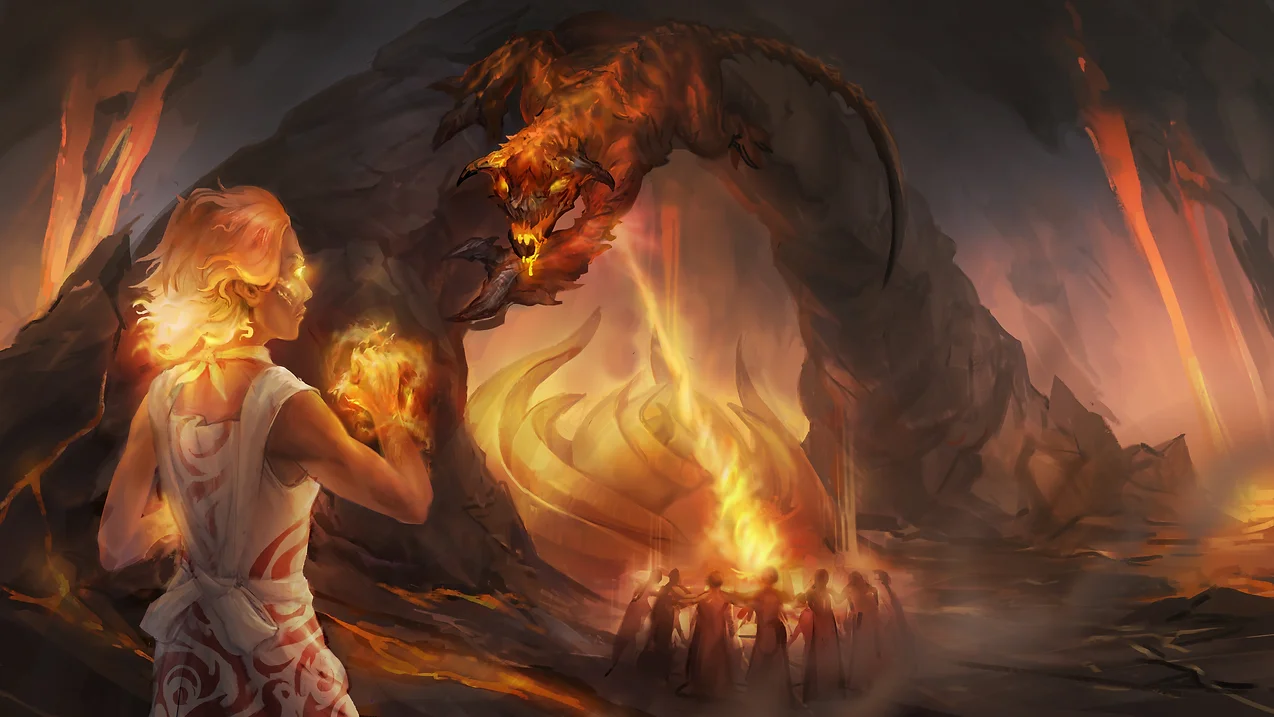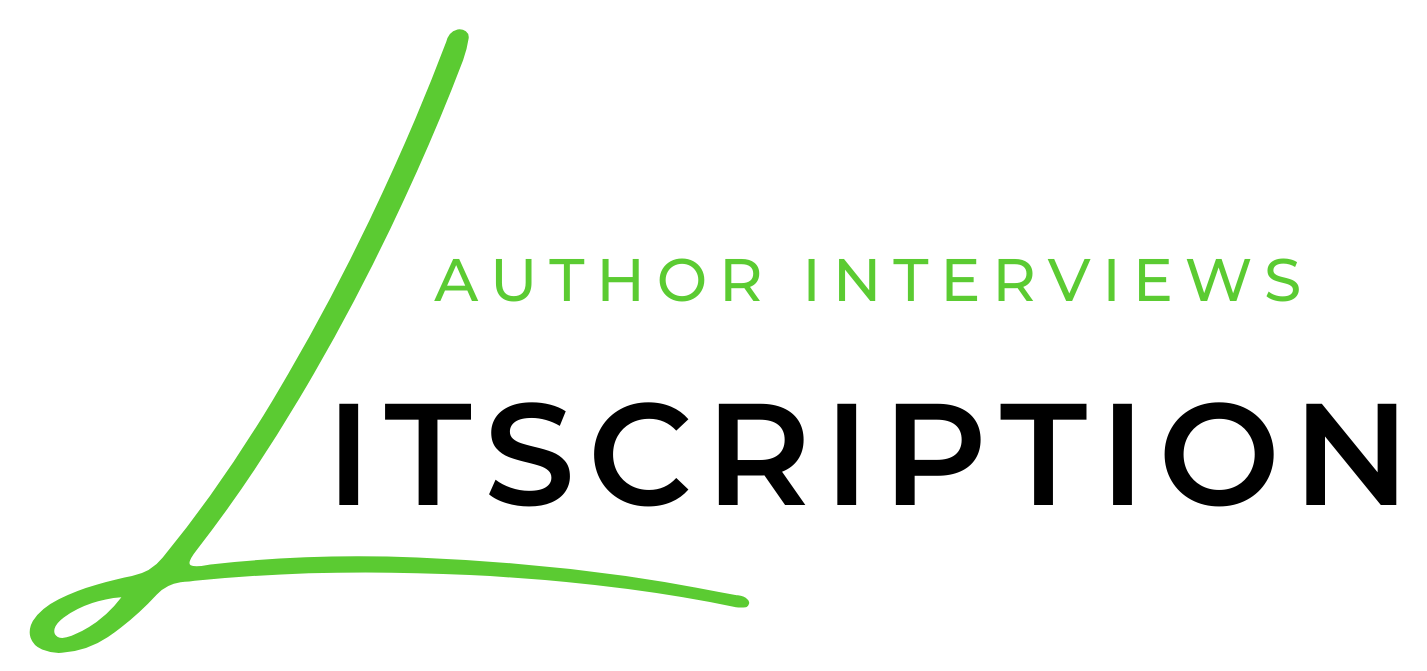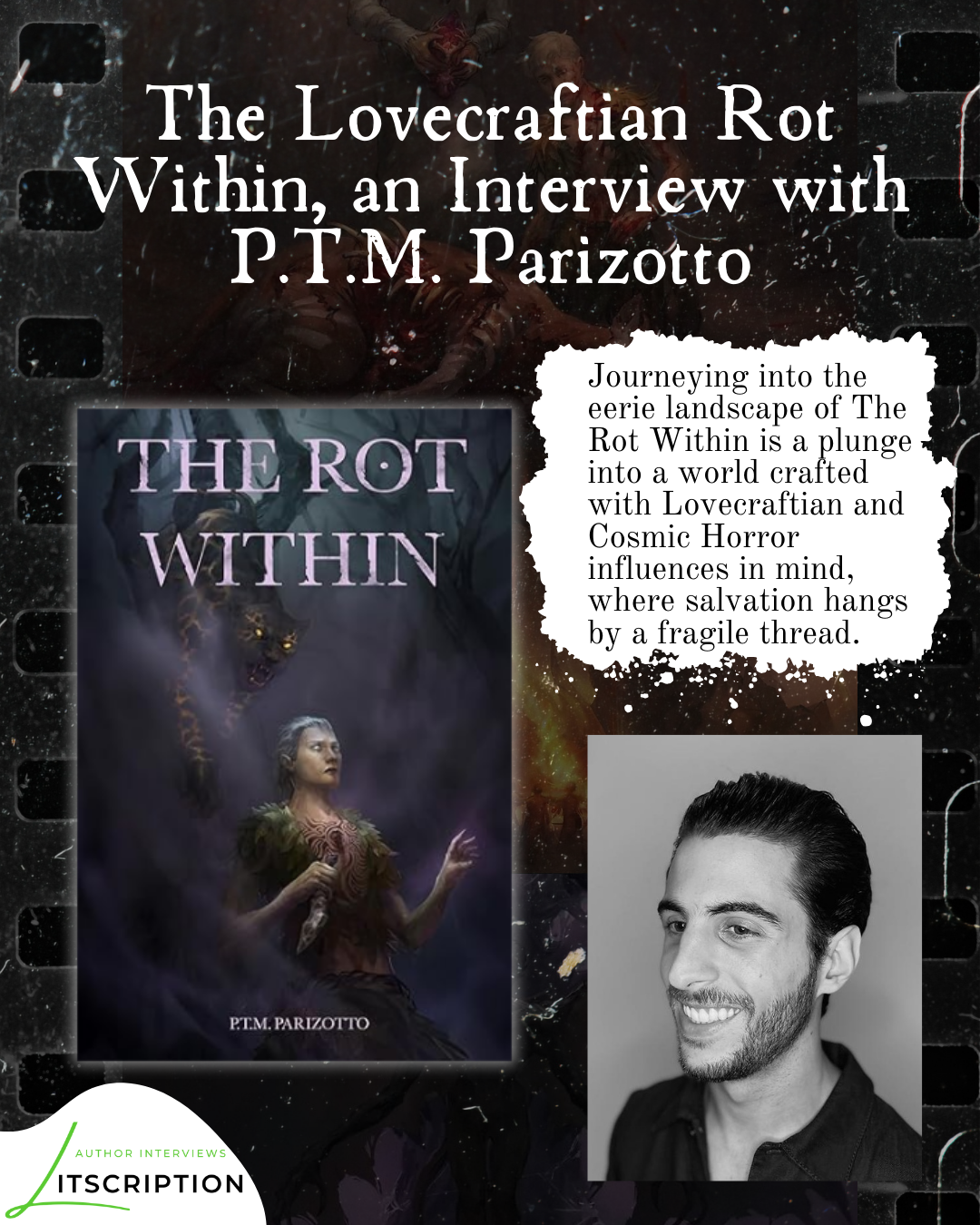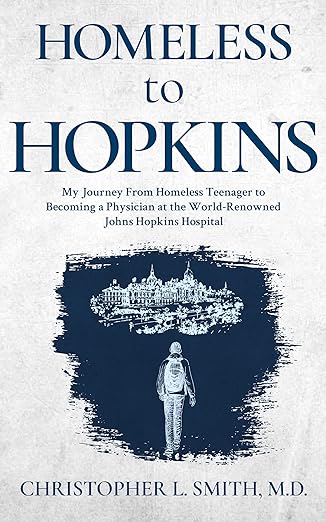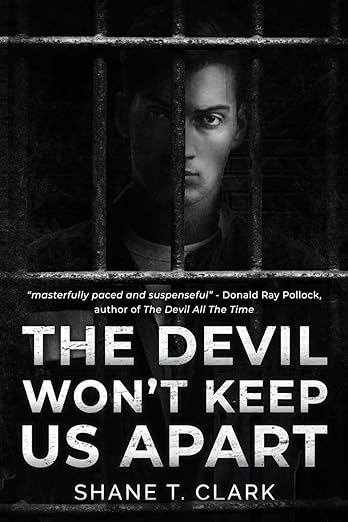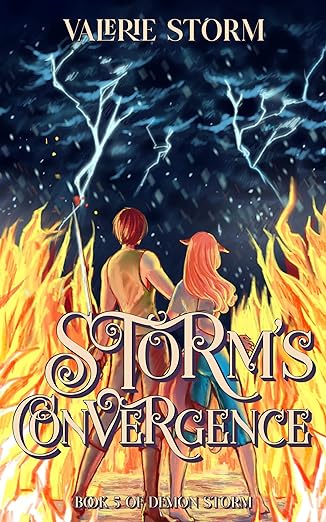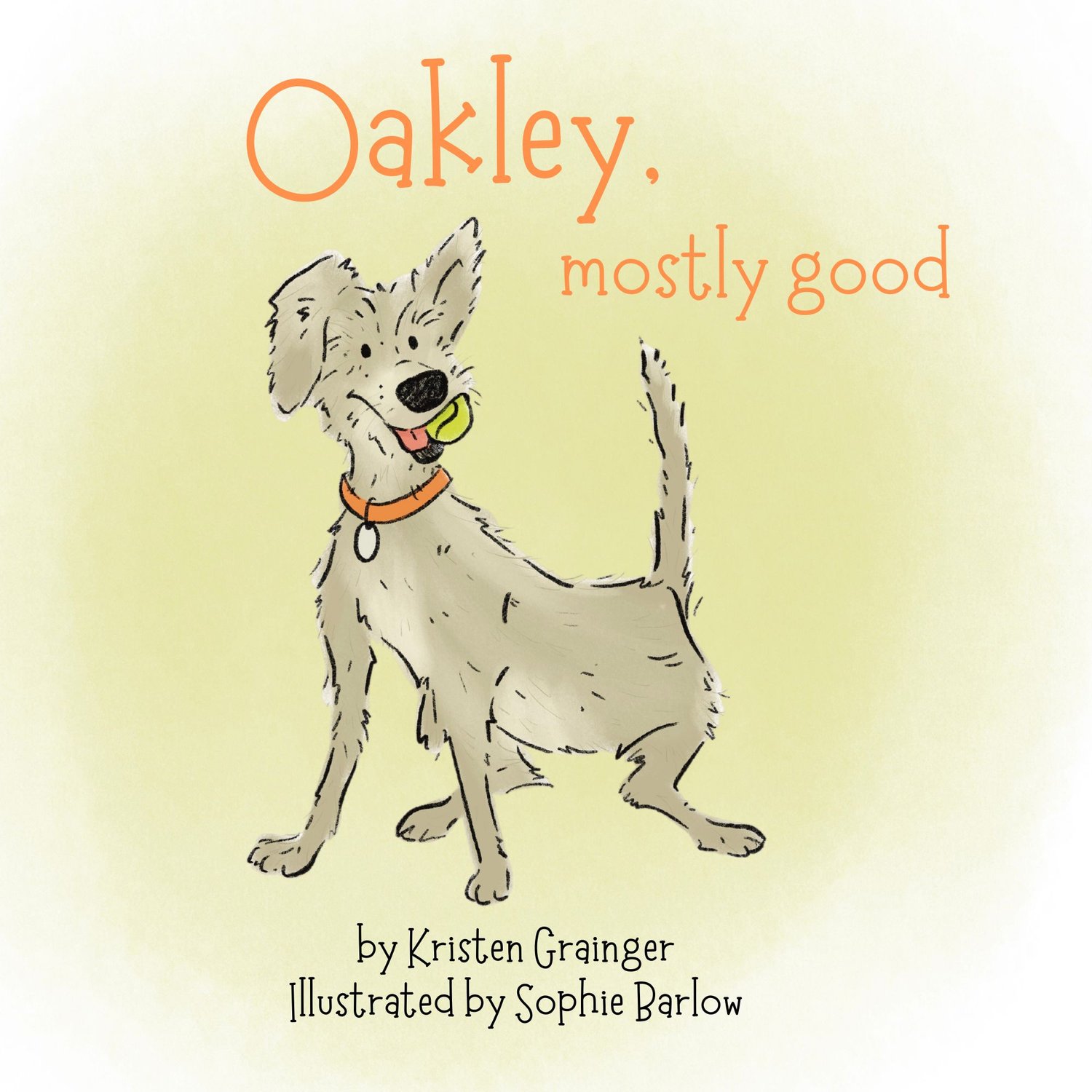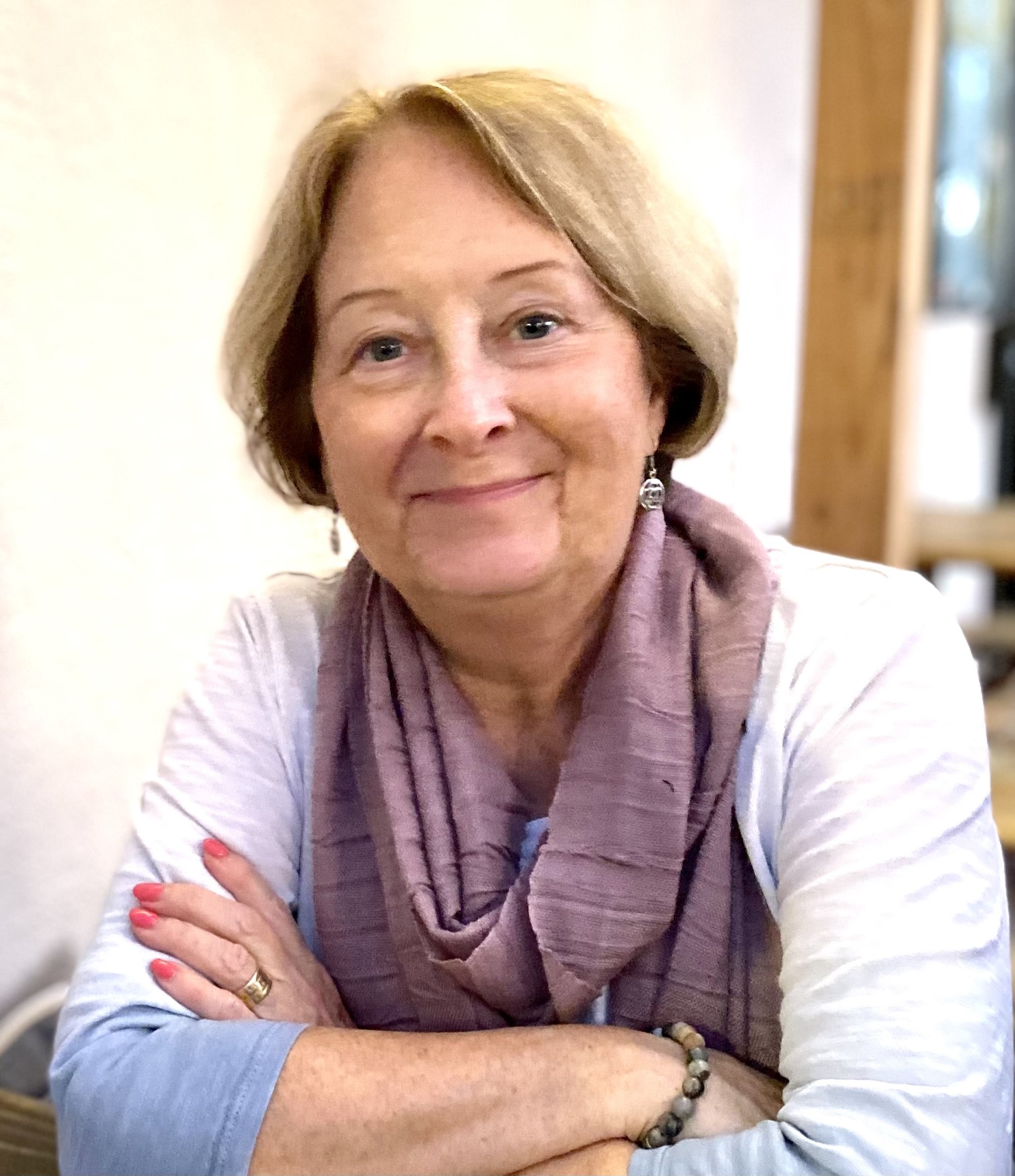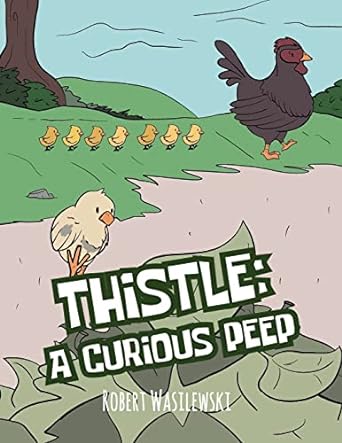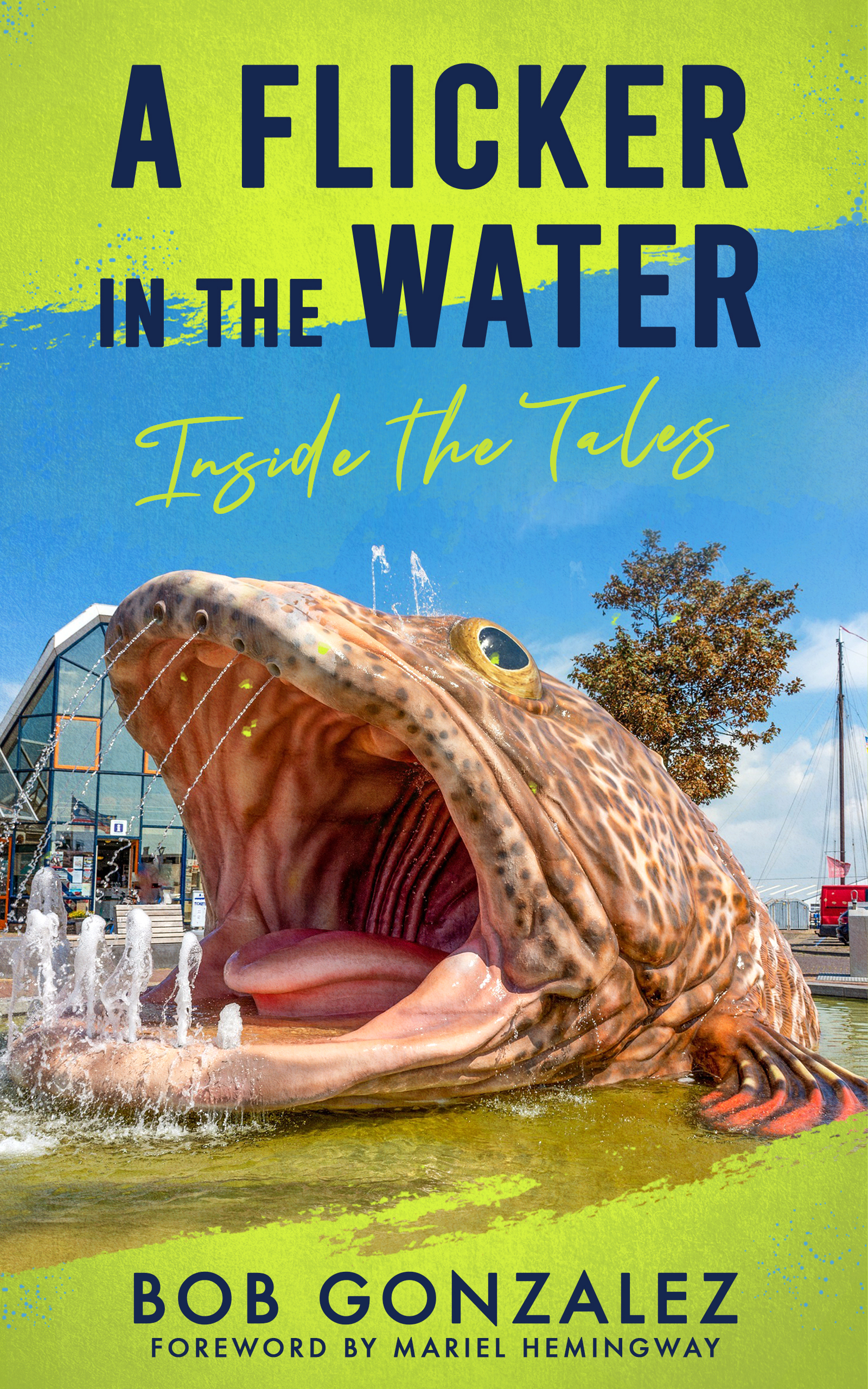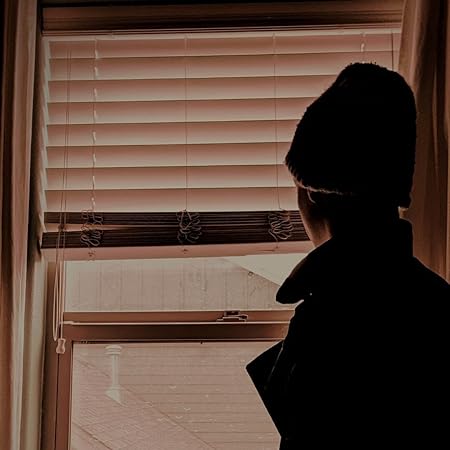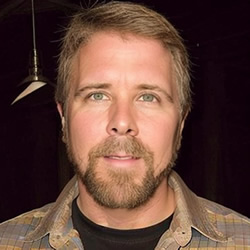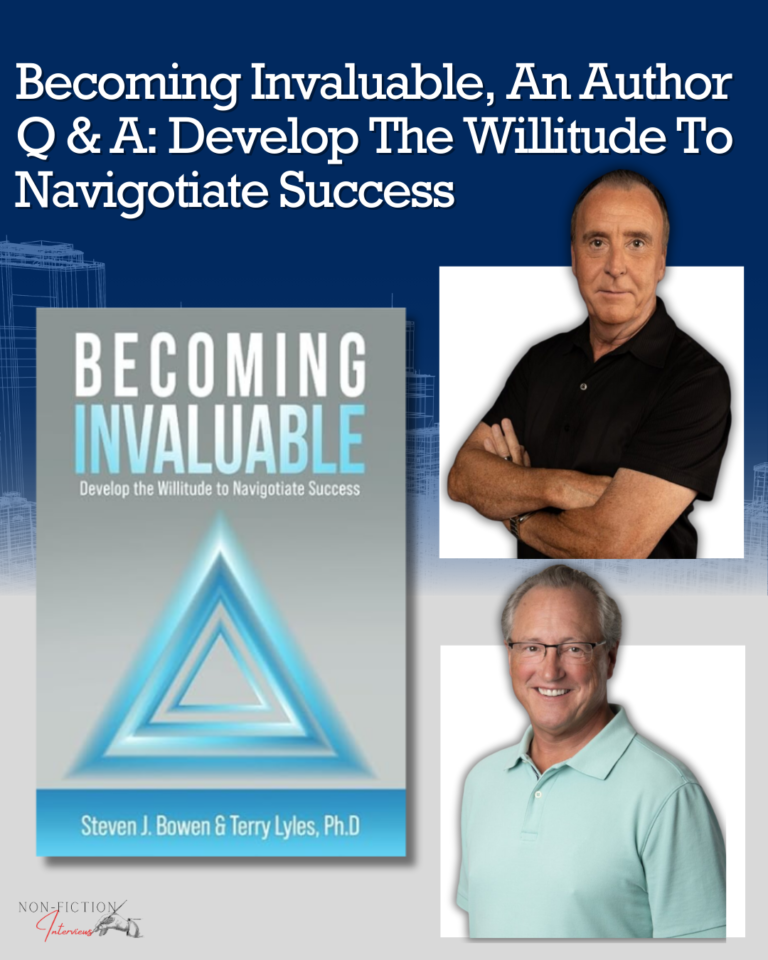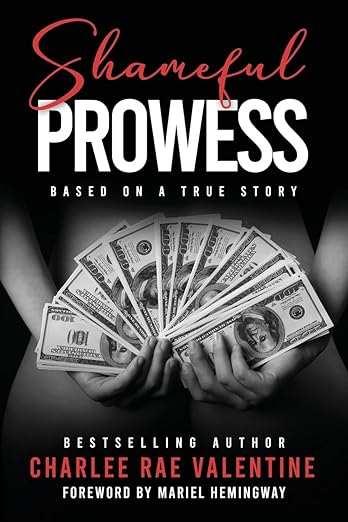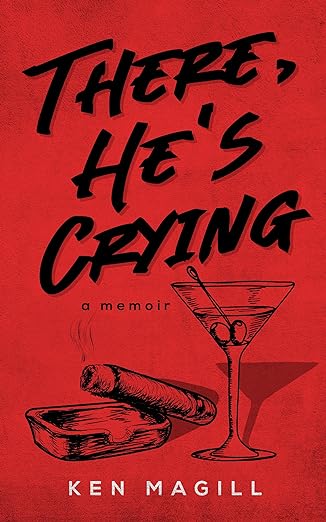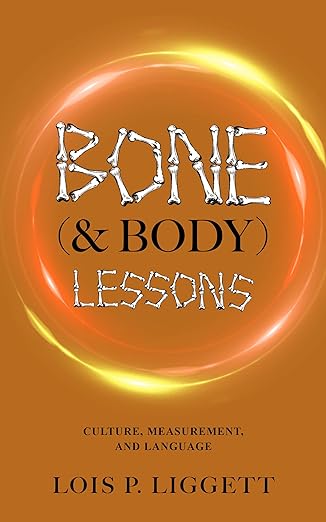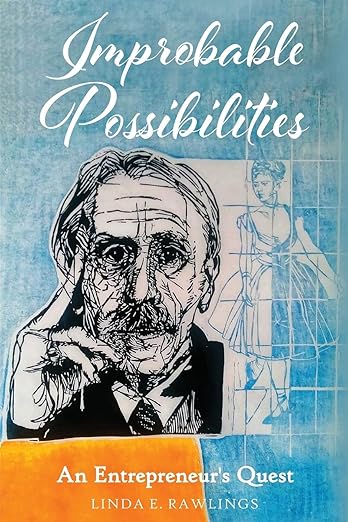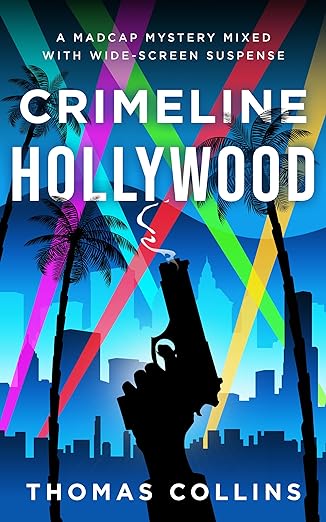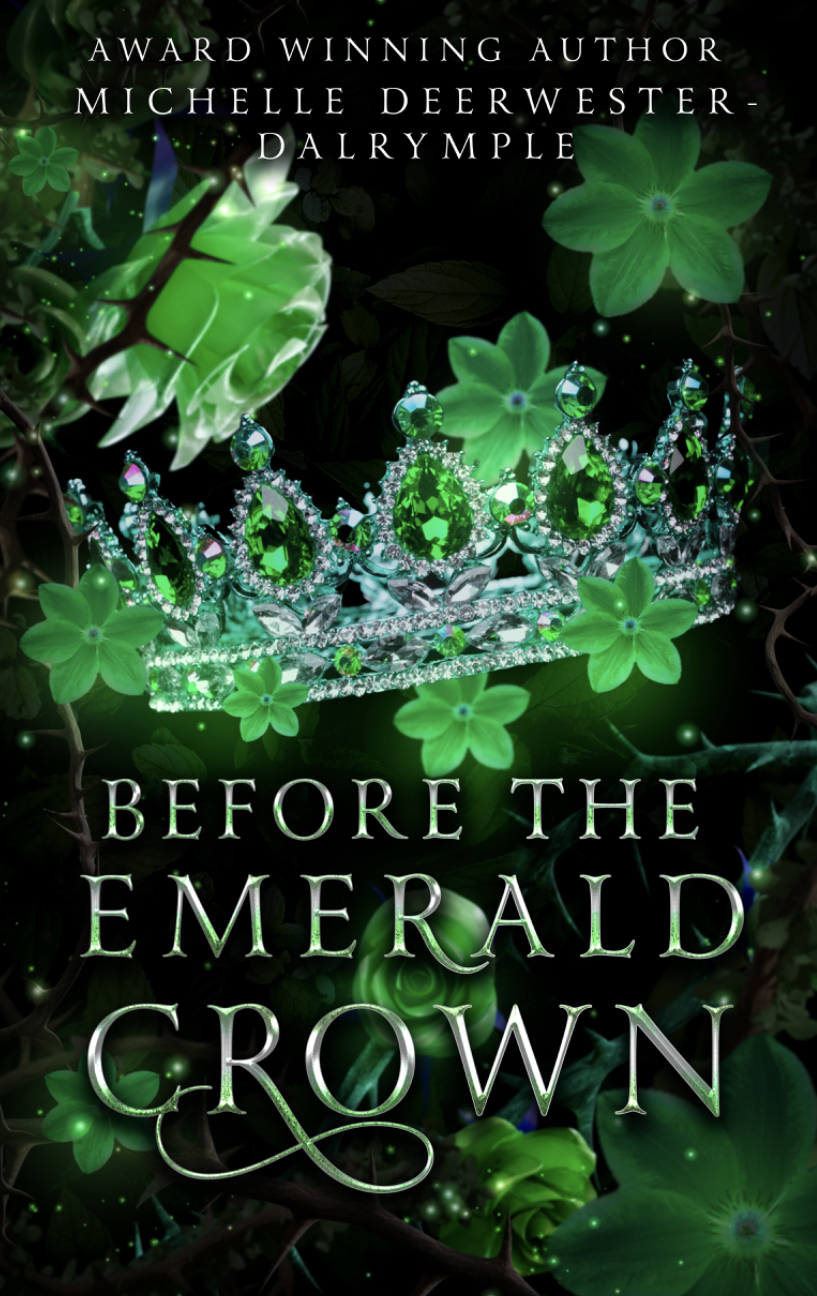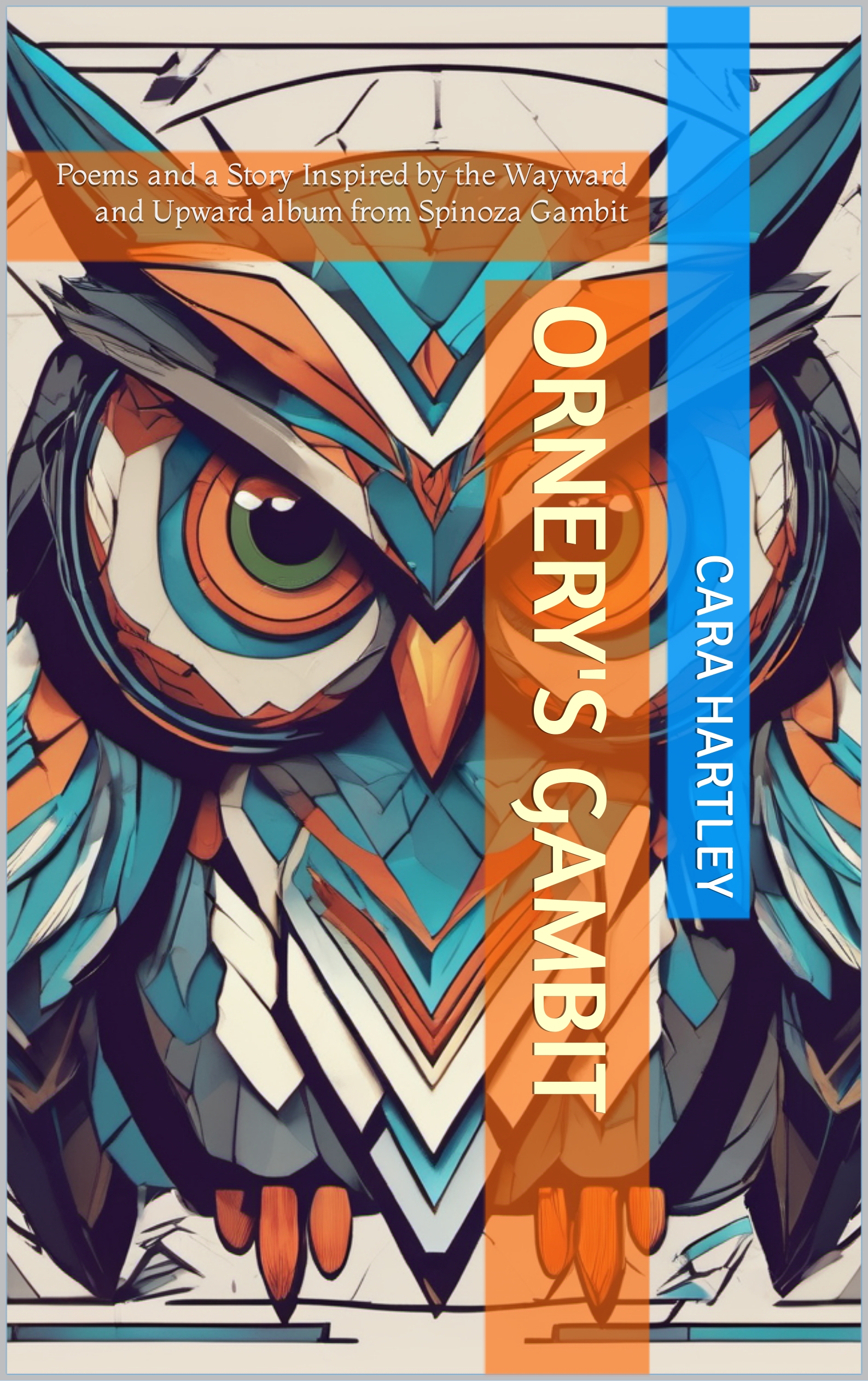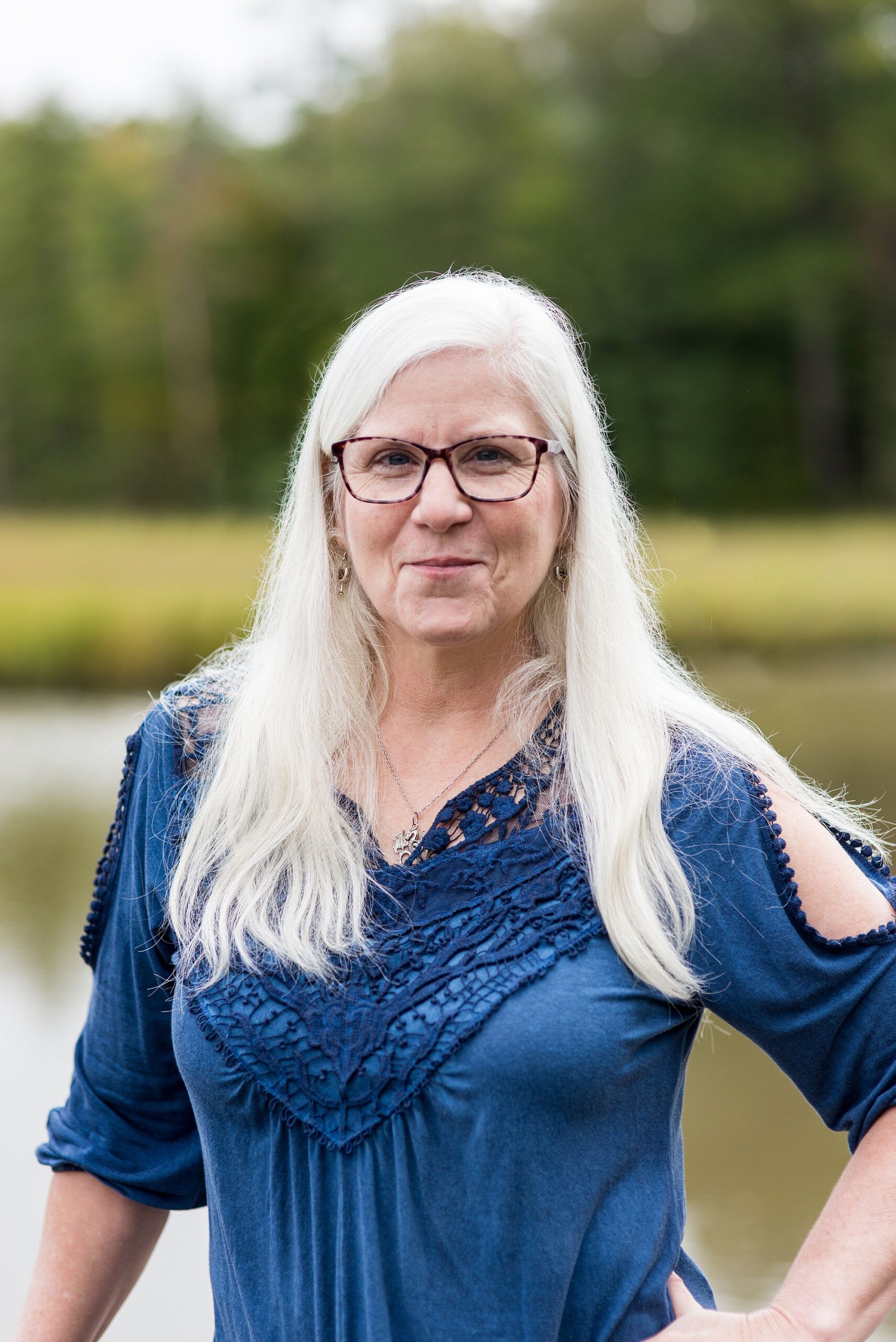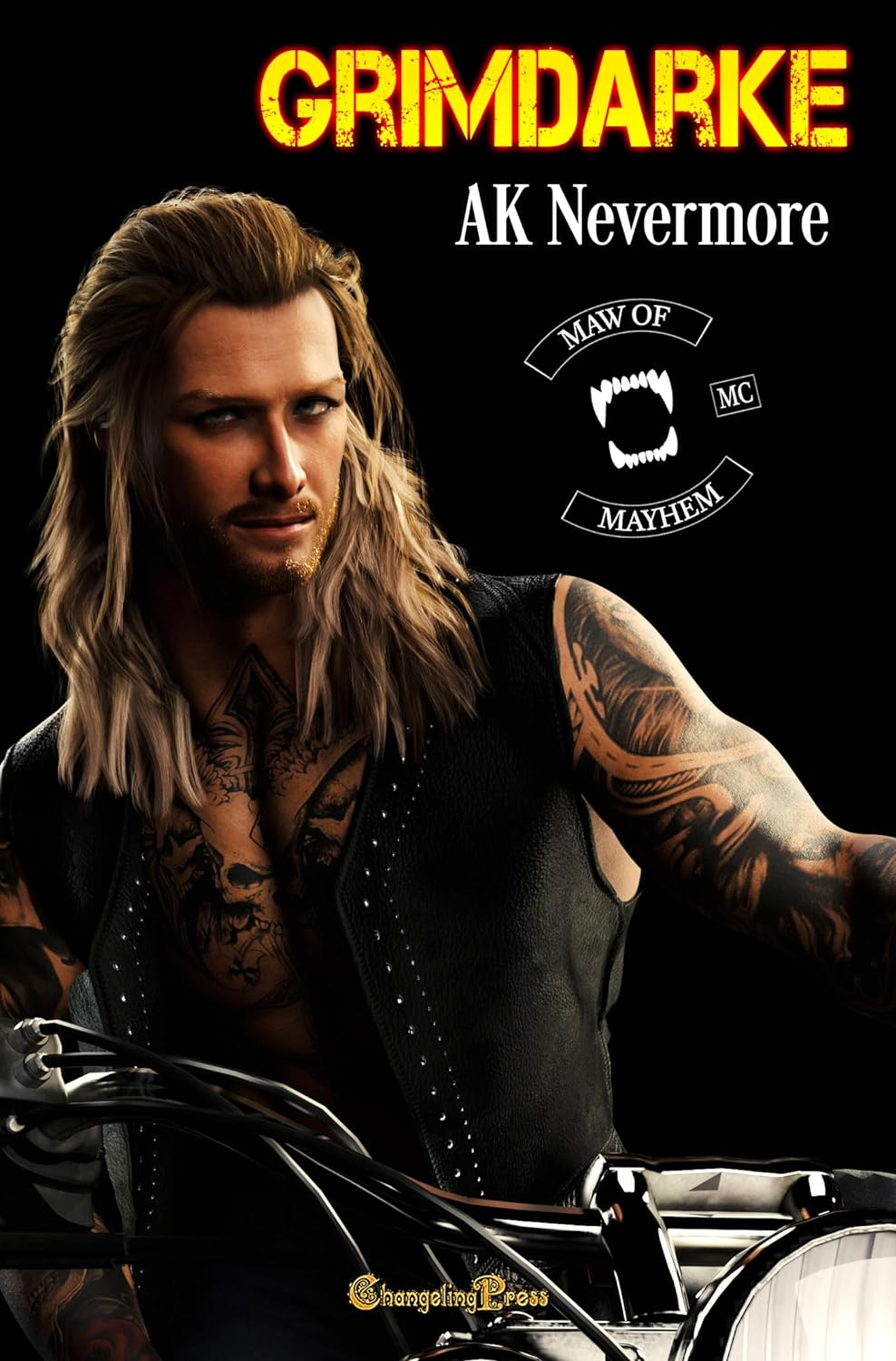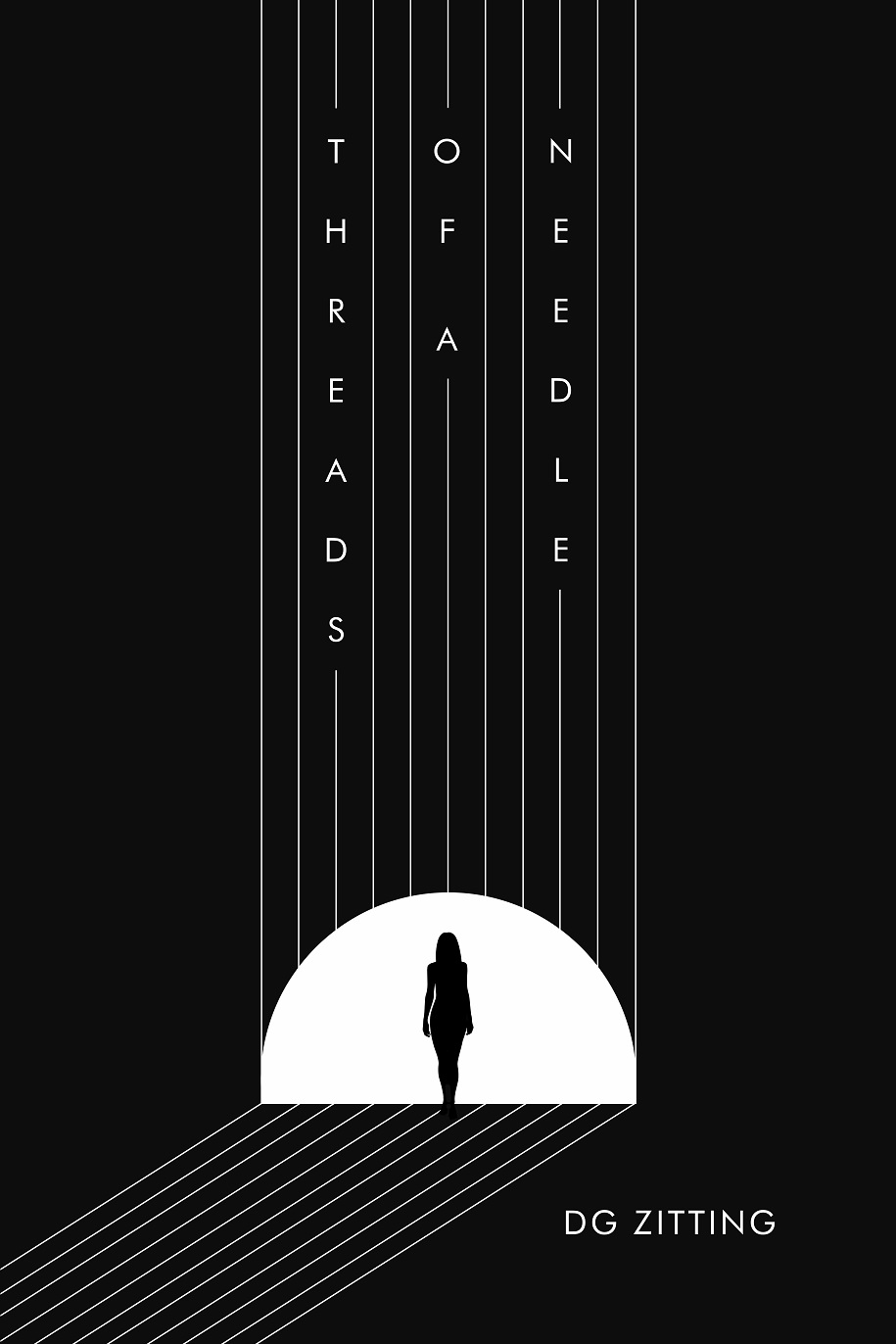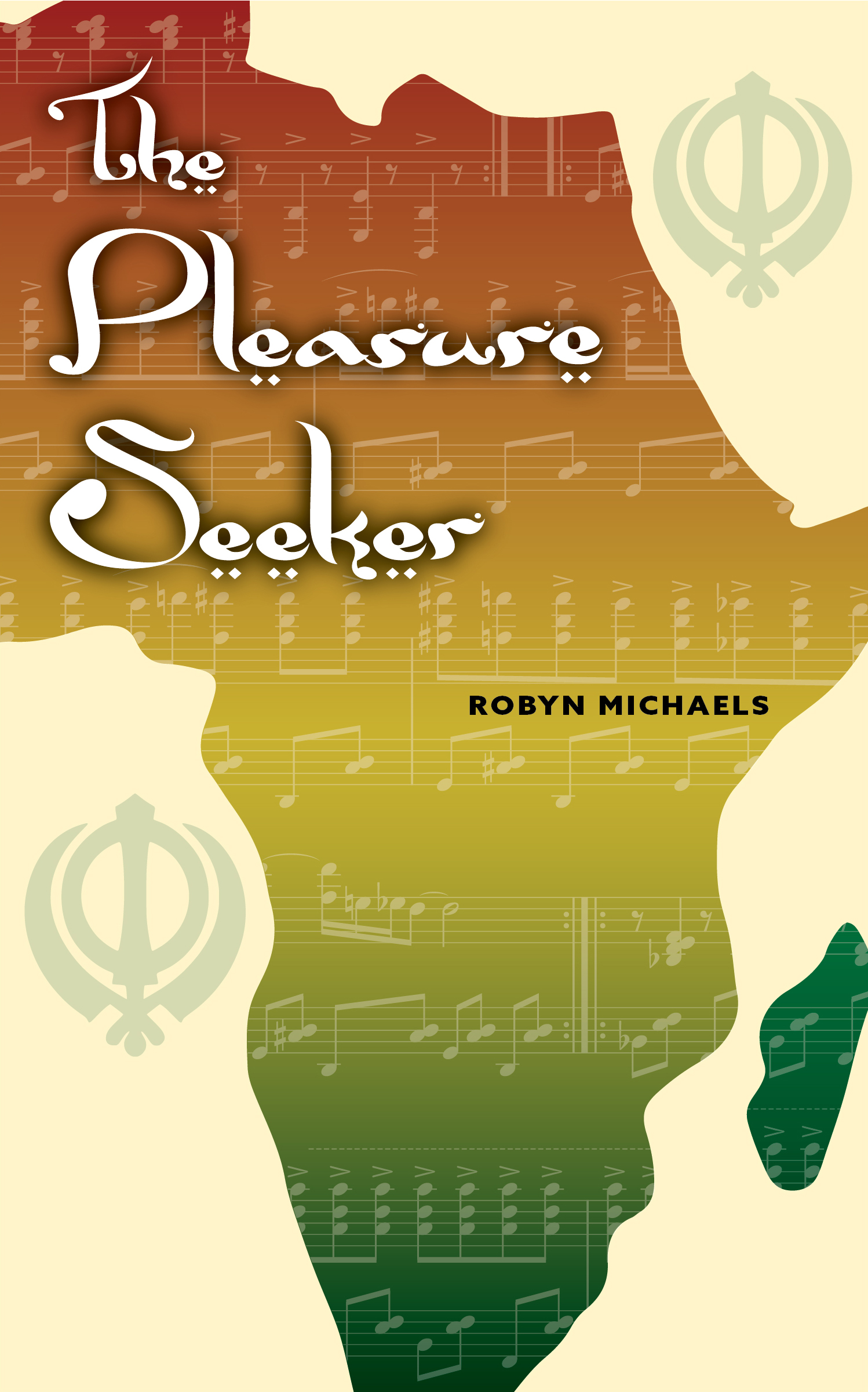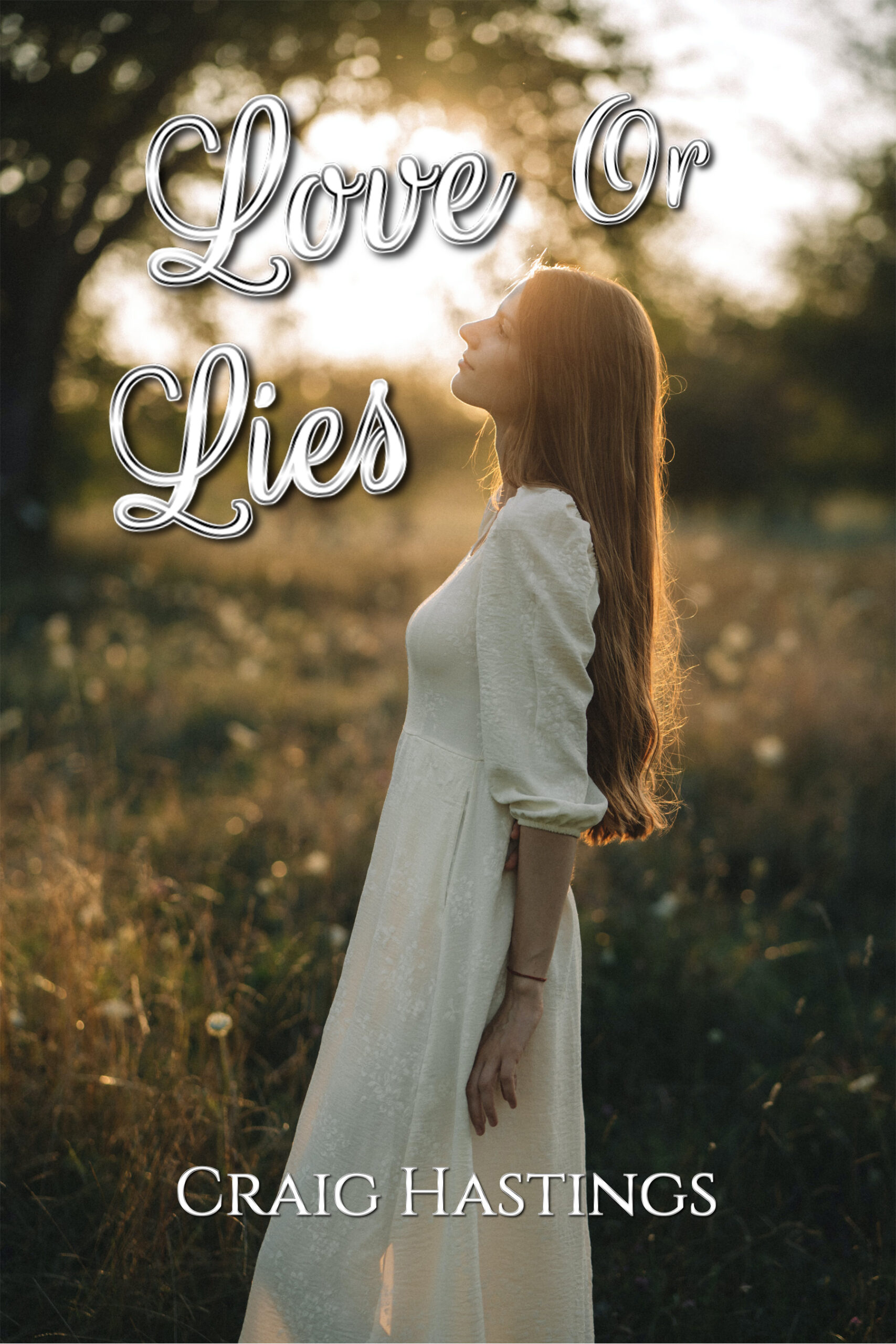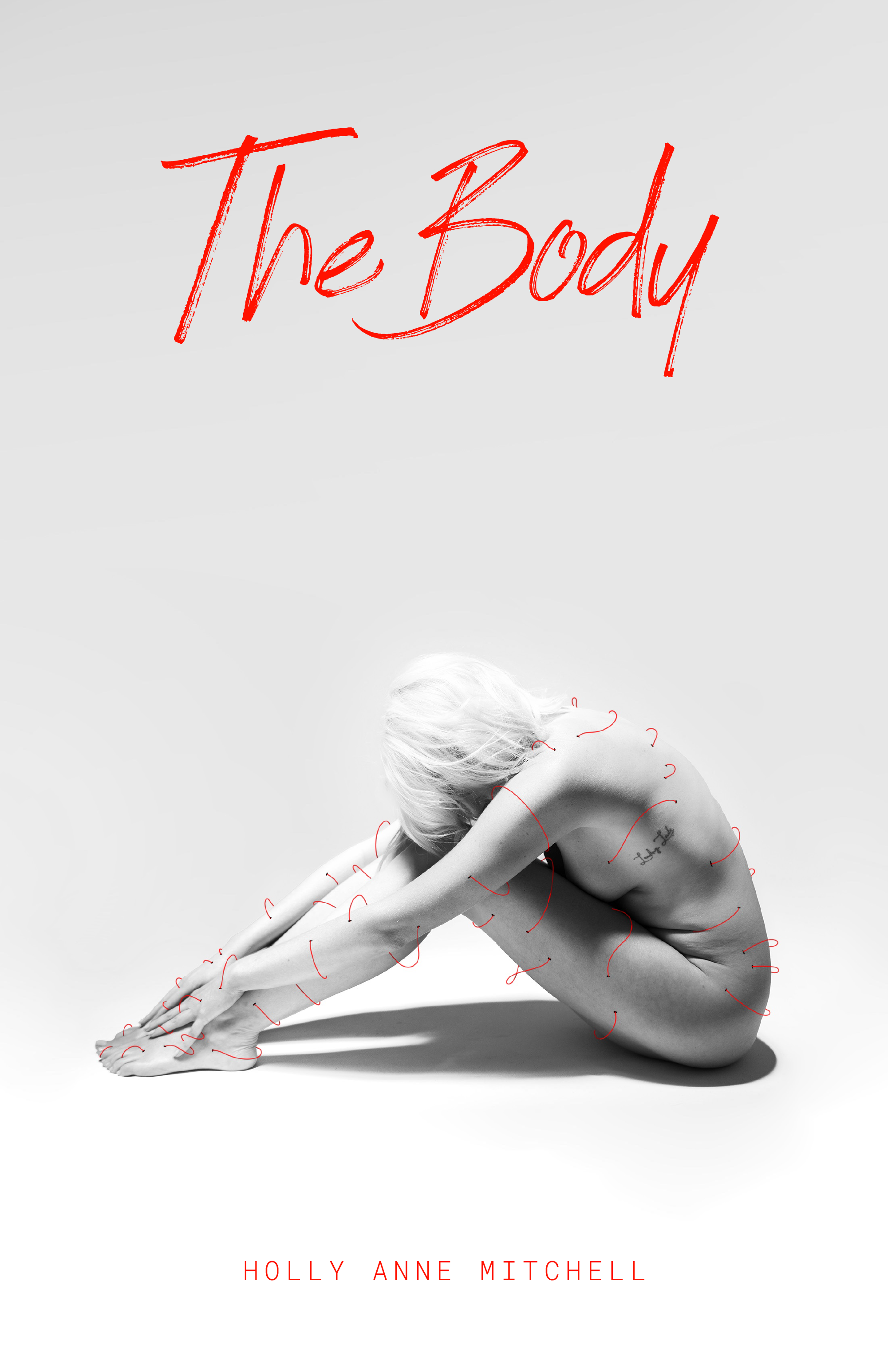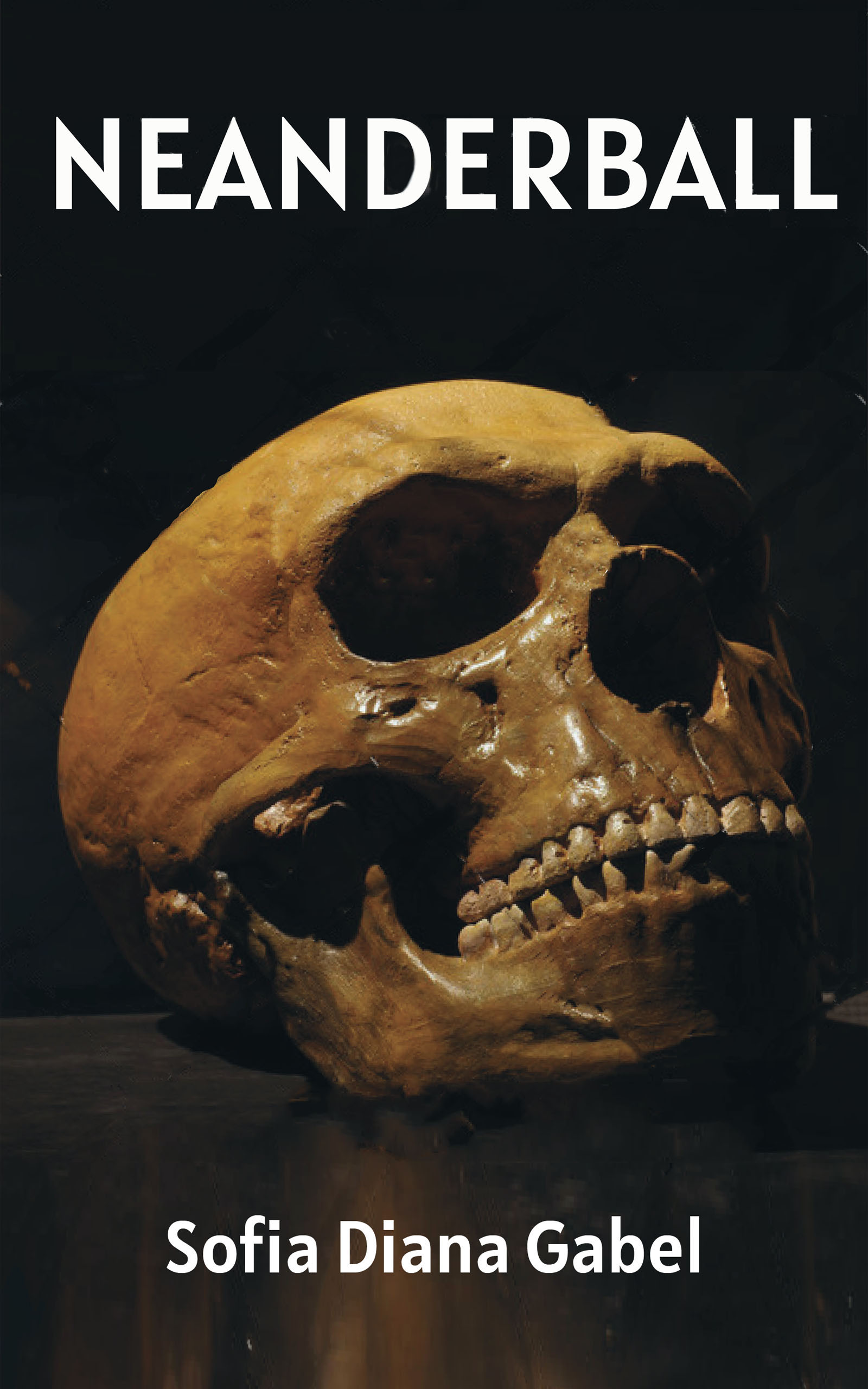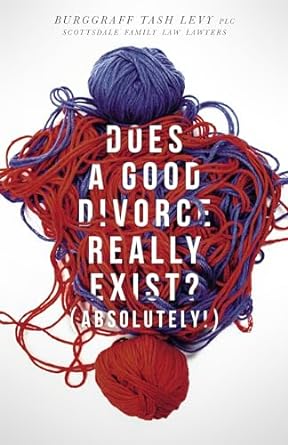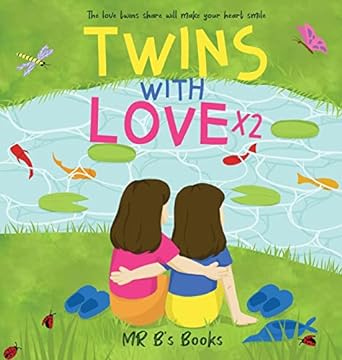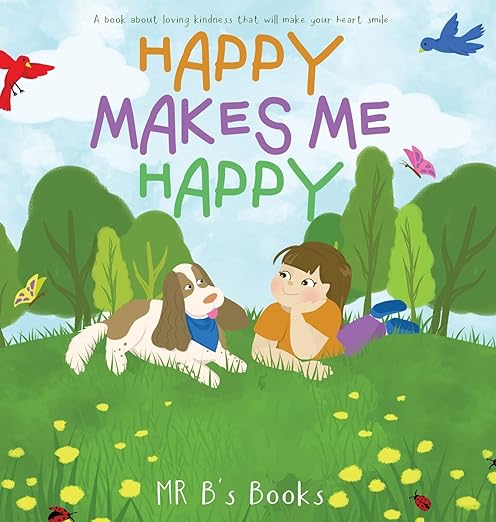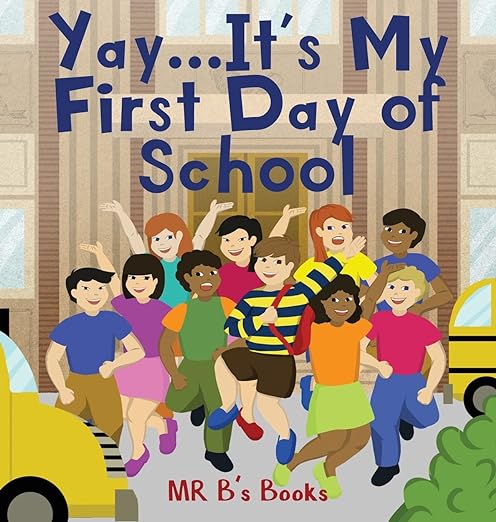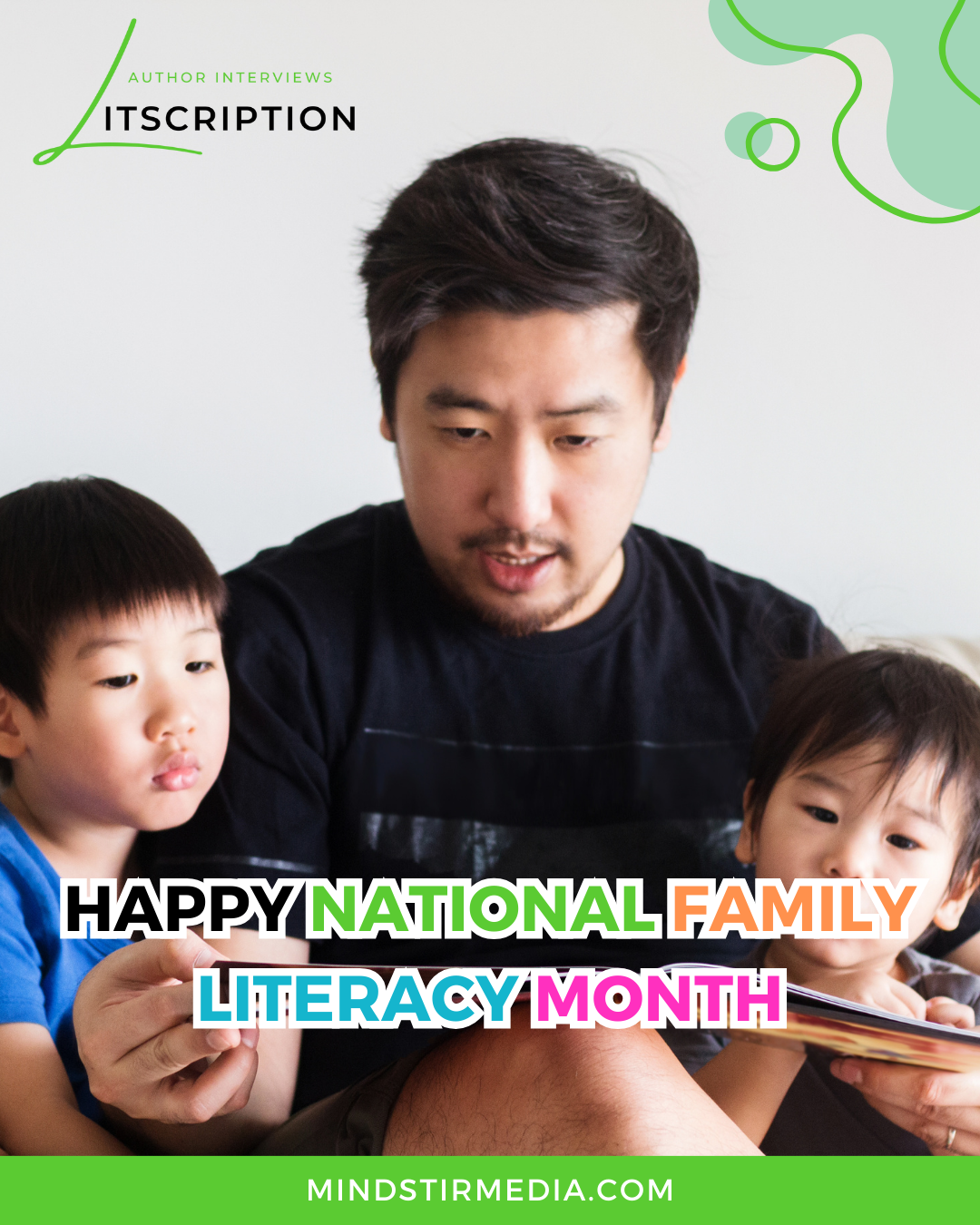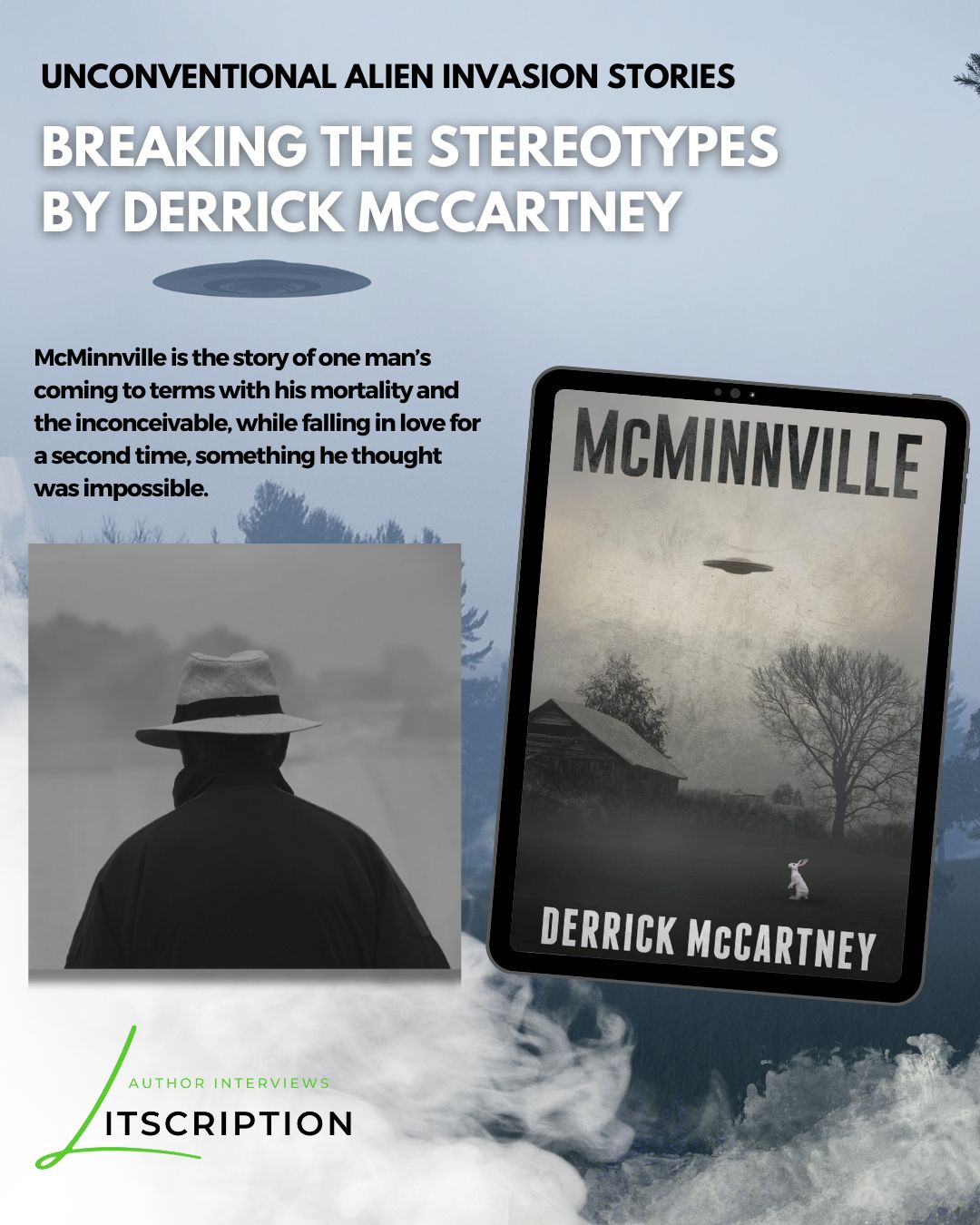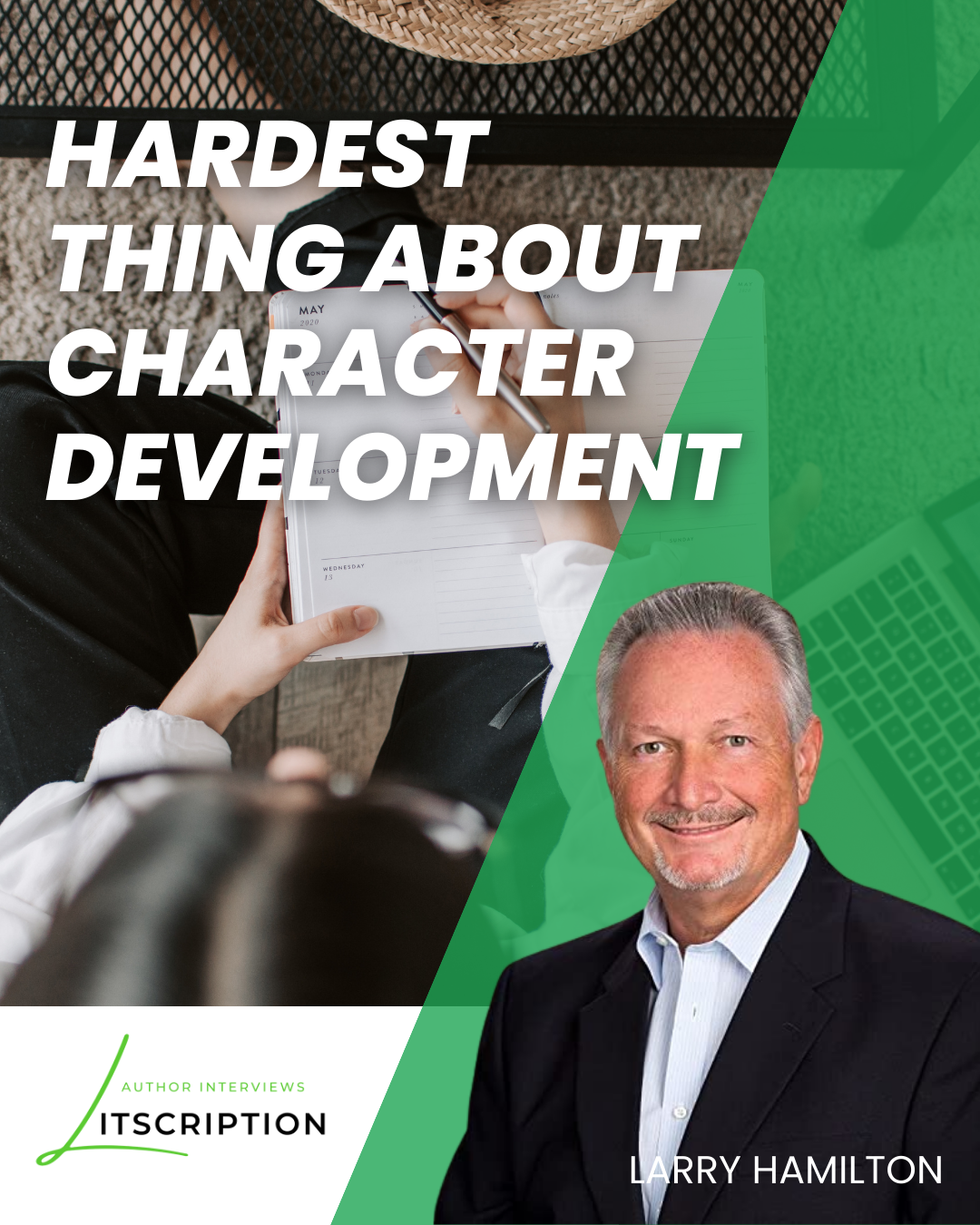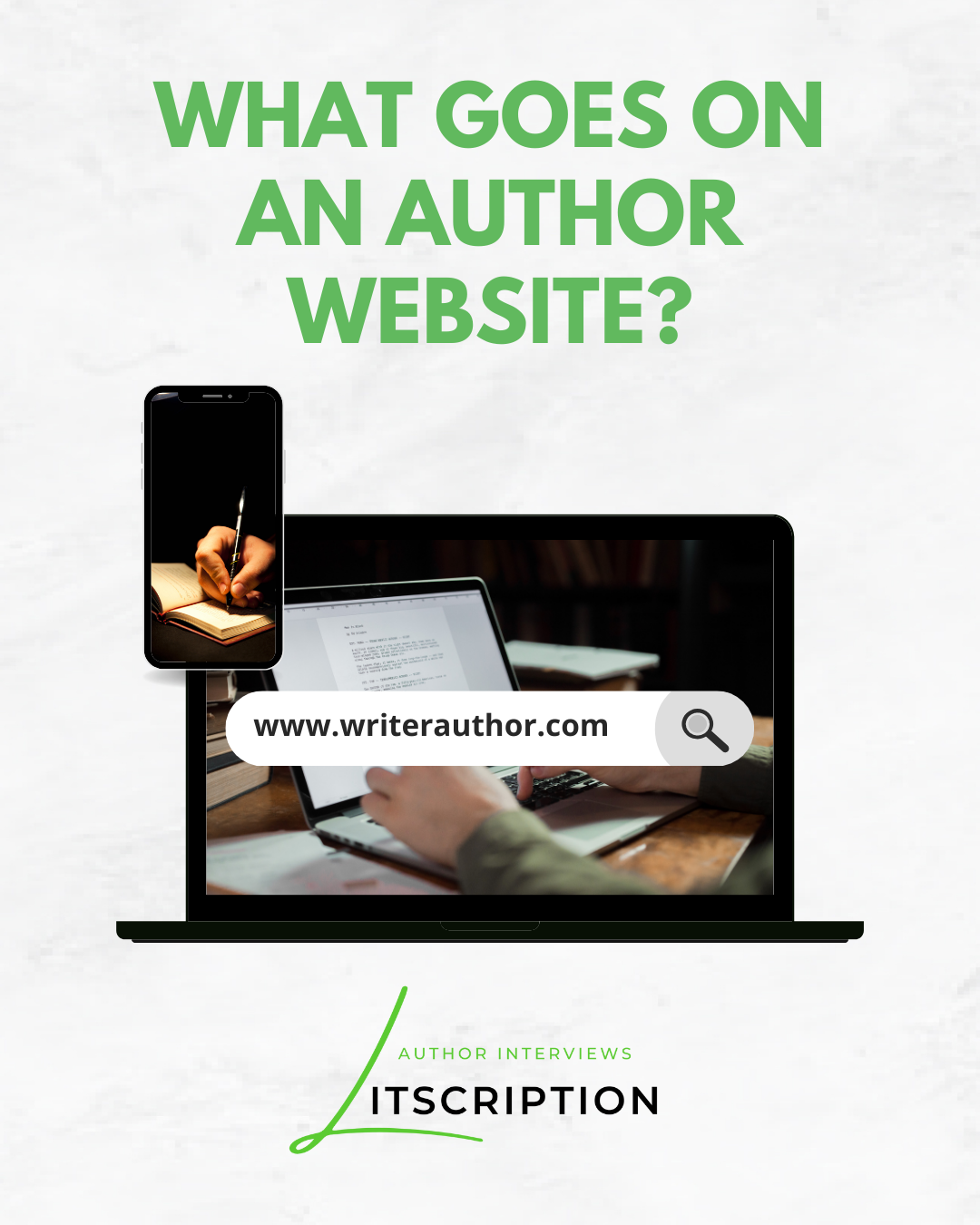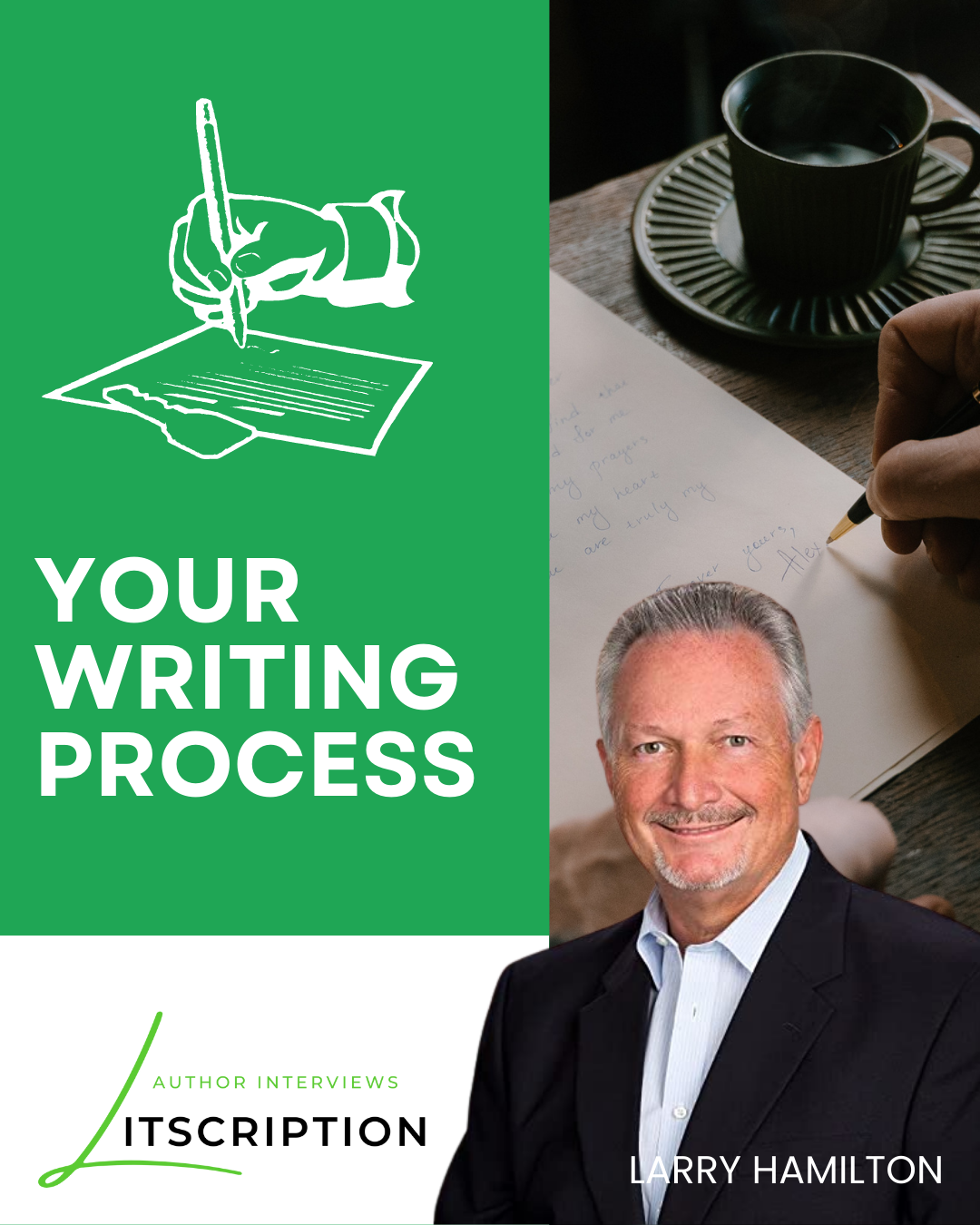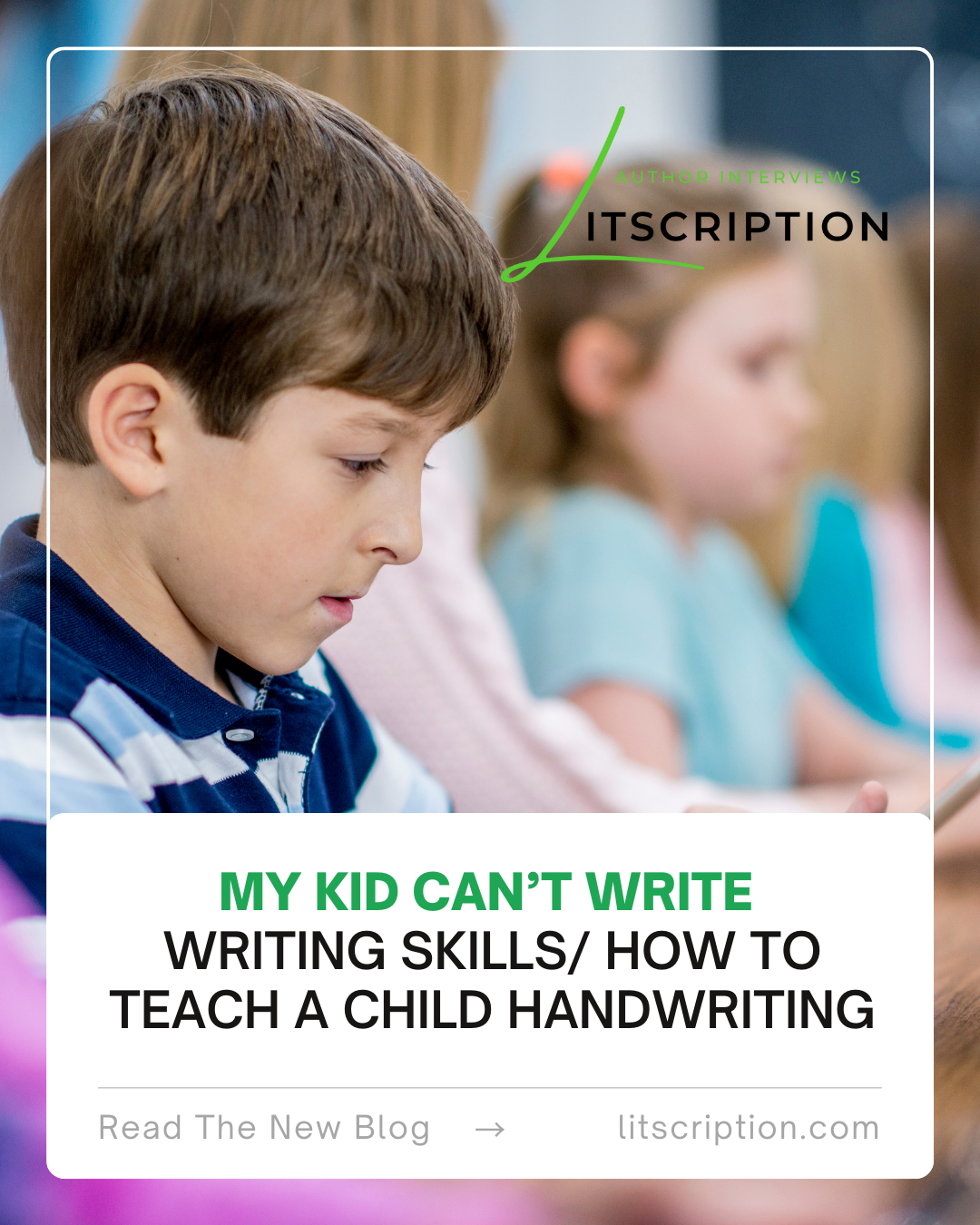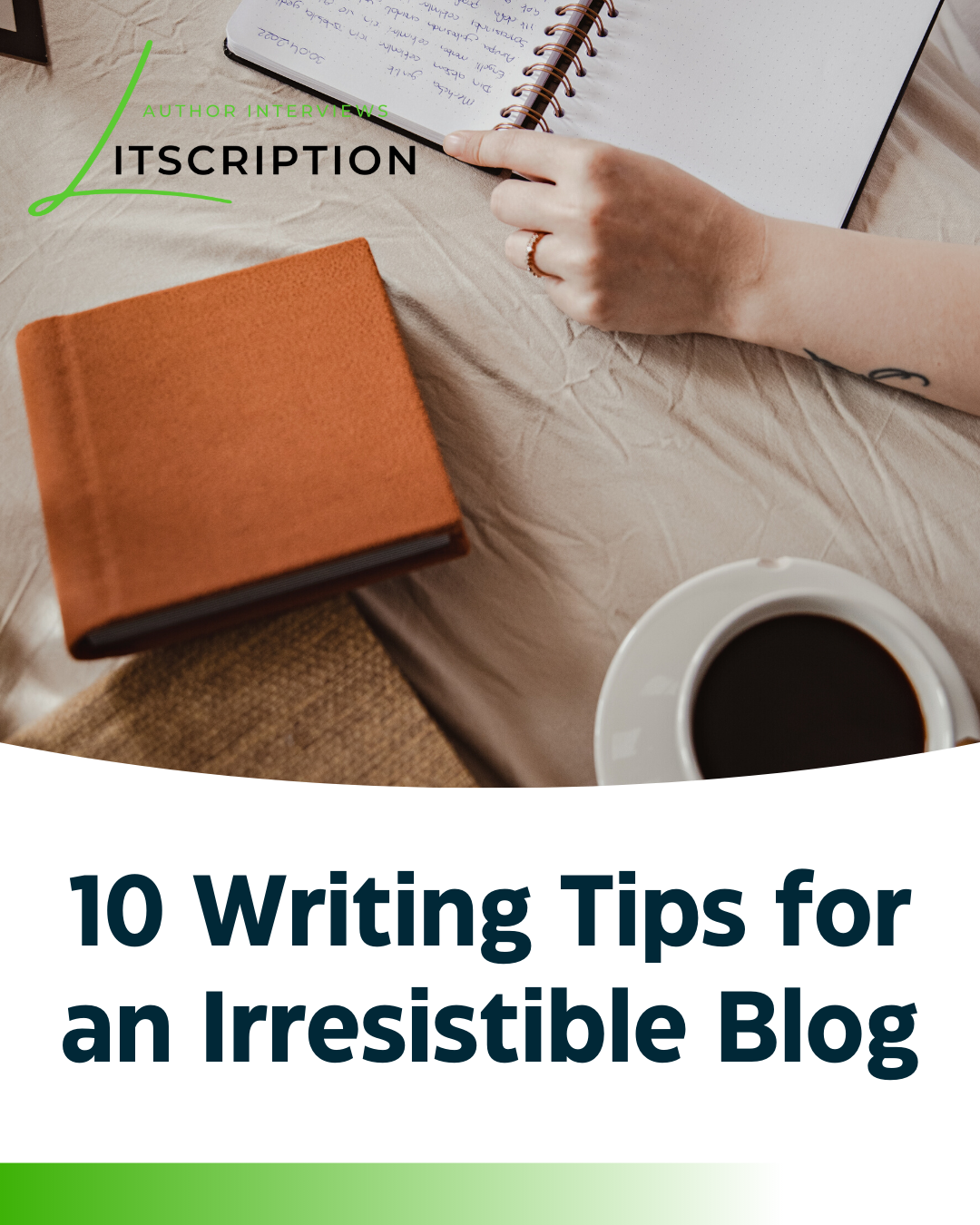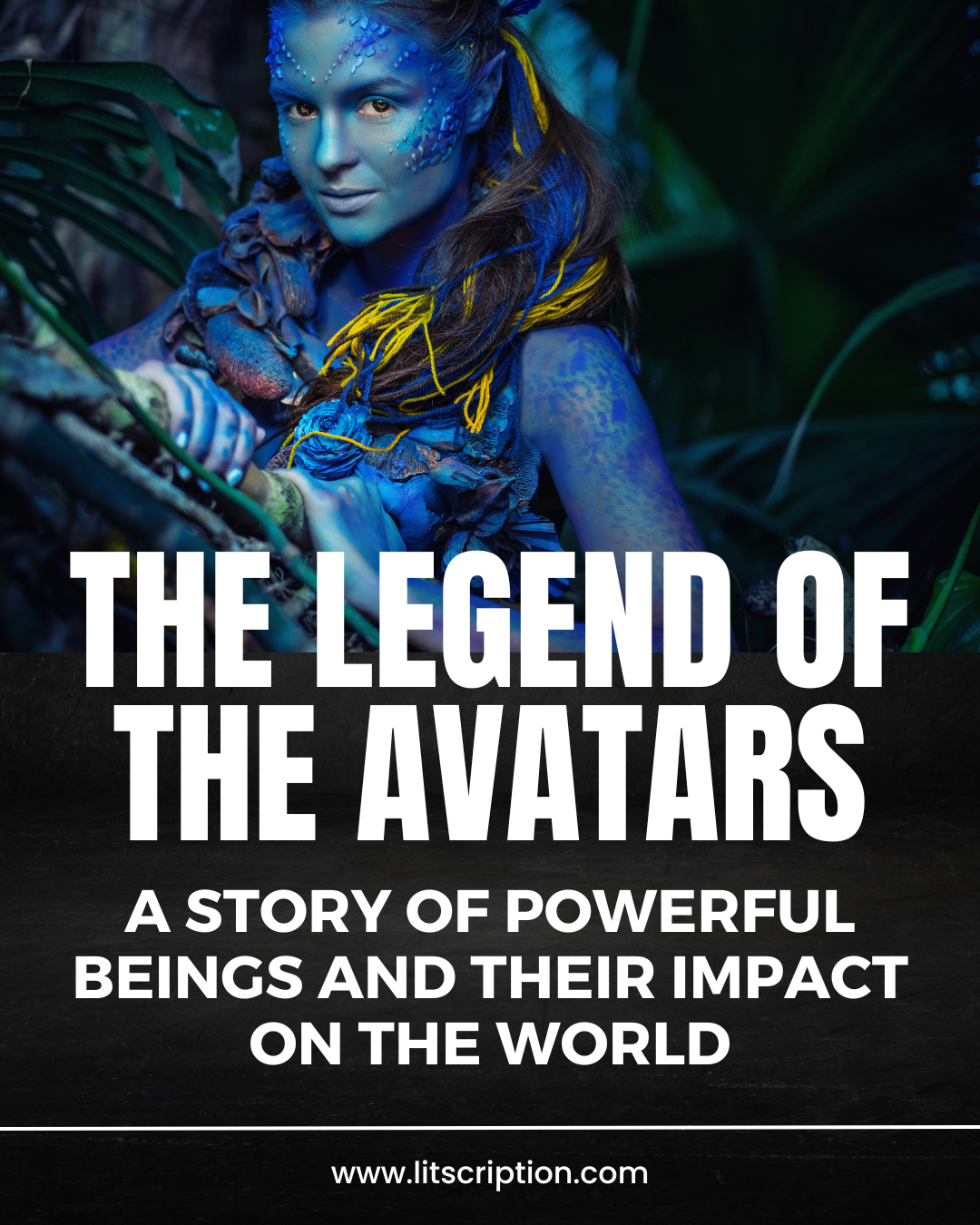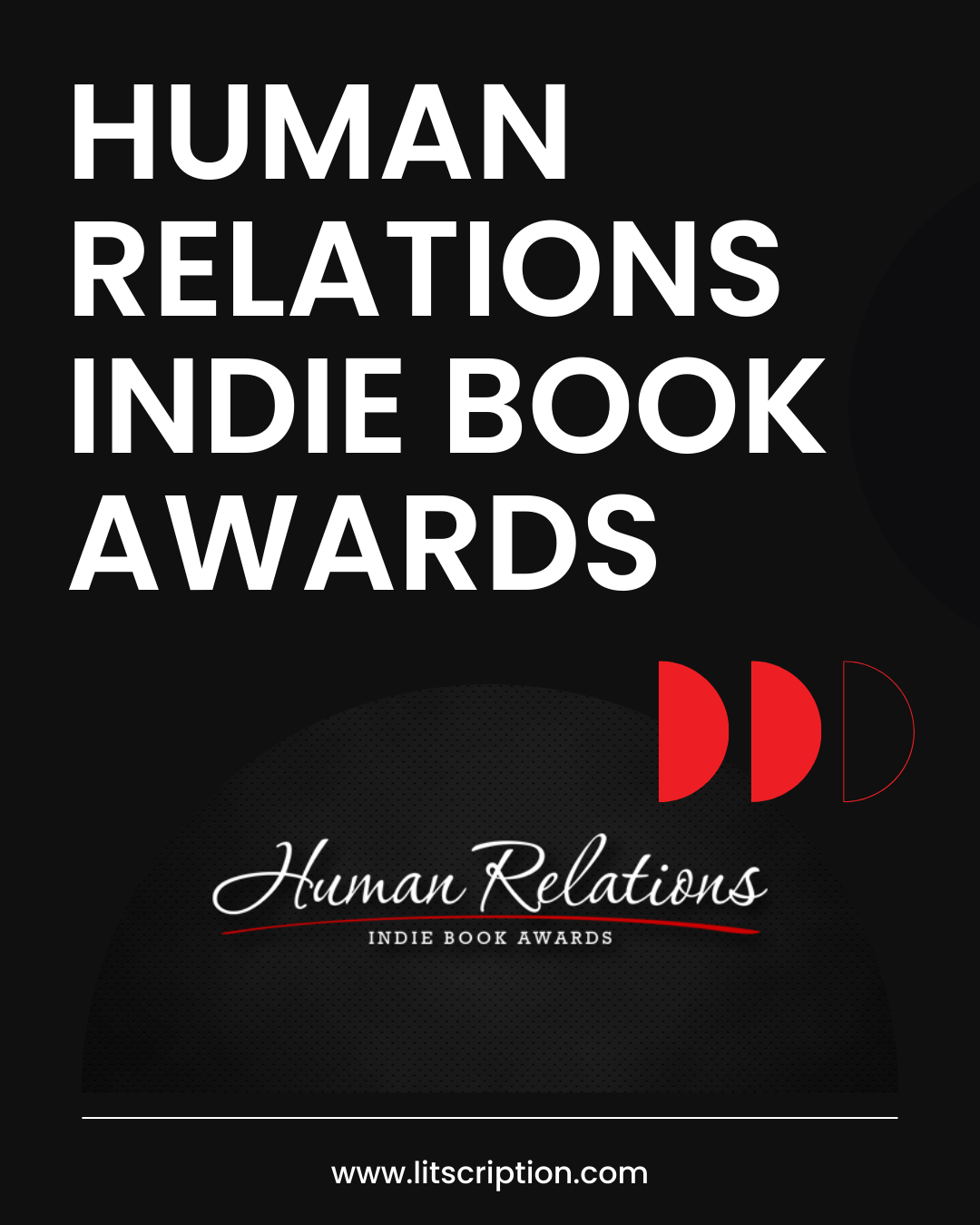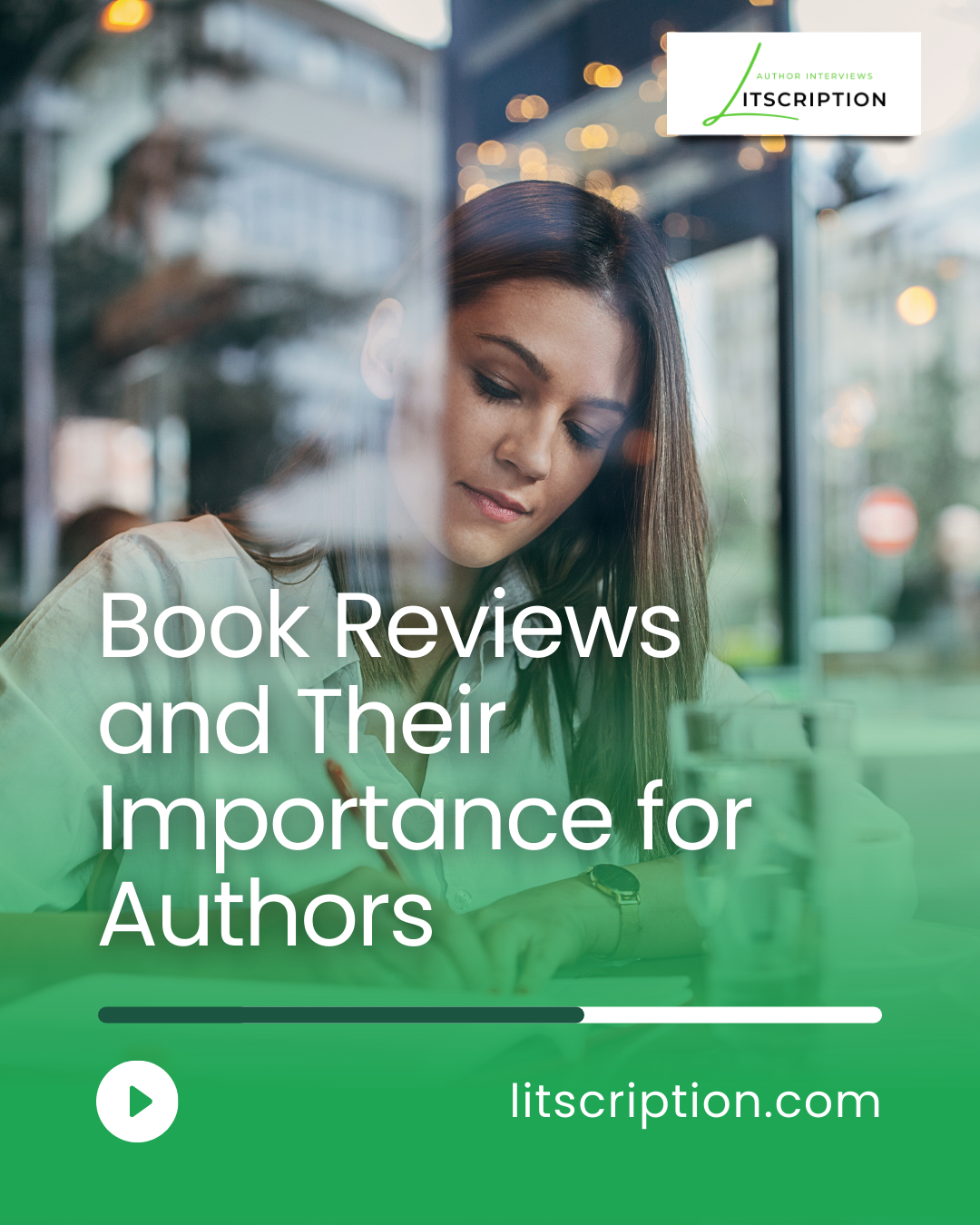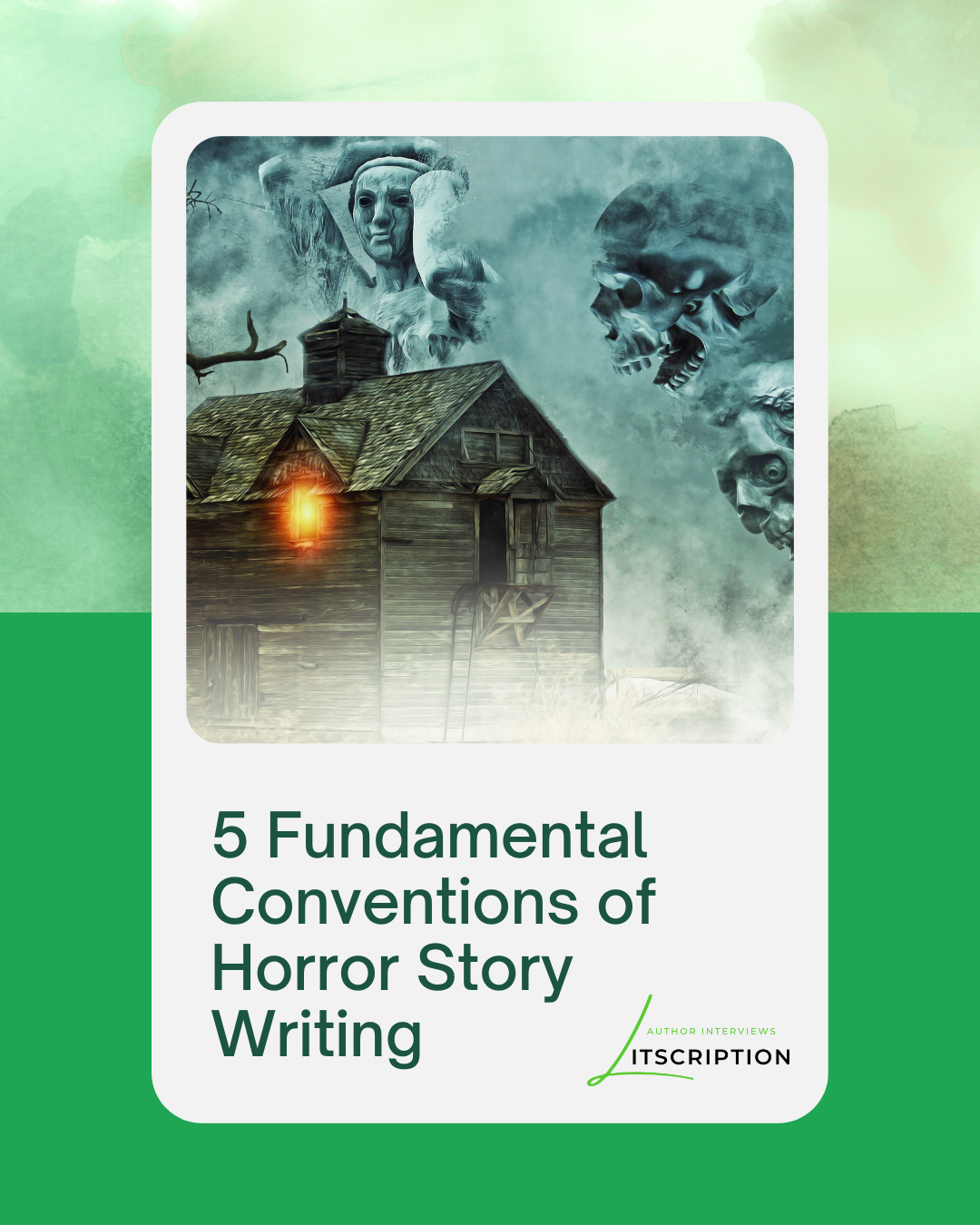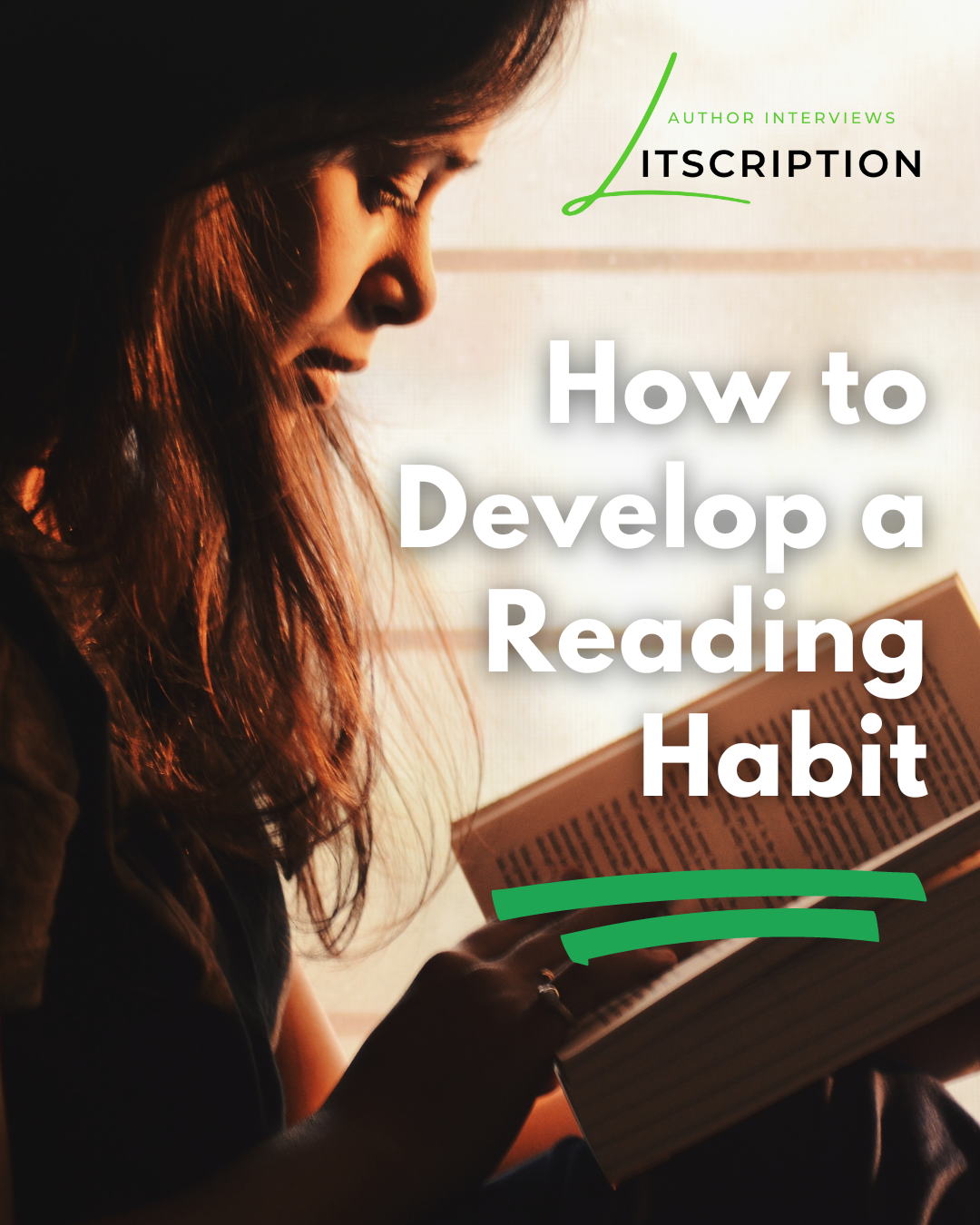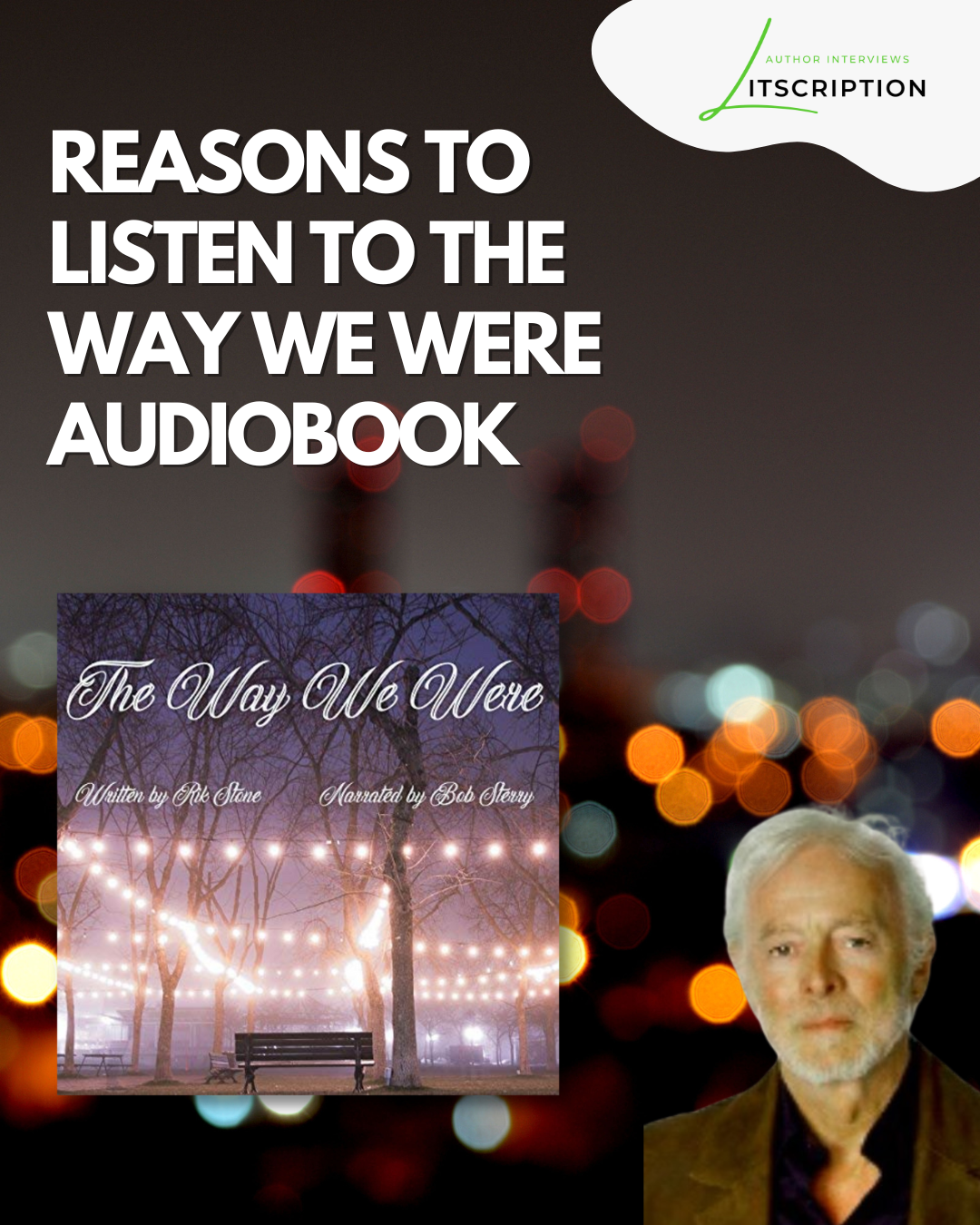Journeying into the eerie landscape of The Rot Within is a plunge into a world crafted with Lovecraftian and Cosmic Horror influences in mind, where salvation hangs by a fragile thread. Within the besieged enclave of Sunmine, tensions brew amidst the encroaching Jungle of Rot, setting the stage for P.T.M. Parizotto’s novel. At the heart of this fading realm stands Anpô. As the forces of decay converge, Anpô’s quest for acceptance and understanding collides with the inhabitants’ hopes, fears, and deep-rooted prejudices. In this immersive tale, Parizotto weaves existential dilemmas and cosmic uncertainties, making readers wonder whether Anpô is the catalyst for annihilation or a beacon of elusive hope. Join us as we sit down with the mind behind The Rot Within, P.T.M. Parizotto, to explore the his influences and inspirations.
Can you provide a brief overview of The Rot Within for those who may not be familiar with your book?
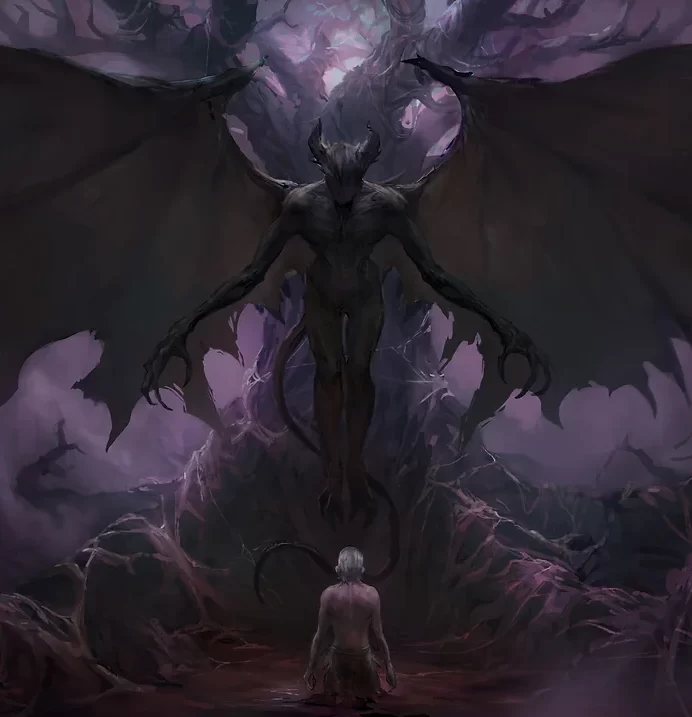 Imagine a tropical jungle, perhaps a bit like the Amazon Rainforest, extremely humid and with all sorts of wild beasts and lush, thick vegetation… except not all’s well in it: it’s both surrounded and shrinking.
Imagine a tropical jungle, perhaps a bit like the Amazon Rainforest, extremely humid and with all sorts of wild beasts and lush, thick vegetation… except not all’s well in it: it’s both surrounded and shrinking.
Why, though? Well, let’s say this is a Lovecraftian rainforest: it is currently being devoured by the expanding influence of an entity known as the Black Rot. So in this tropical rainforest, we have a territory that is healthy–but it’s shrinking, since it’s completely surrounded by these tainted lands which are known as the Jungle of Rot, a twisted, apocalyptic perversion of what a tropical rainforest should be.
Inside this shrinking territory, we have two cultures. One are the Woodfolk, who are native to those lands and practice the magic system known as Bleeding, which is jungle-related. The other is the Sun Empire, a desert-people that practices the fire-related magic system know as Burning. They had established a mining outpost there–and once the Black Rot infested the region, they ended up trapped with the Woodfolk, completely isolated from the outside world and unable to make their way back home to their empire in the desert.
The relationship between these two people is, well, not that great. There’s some quasi-colonialist tension going on as many of the Sun Empire Citizens see the Woodfolk more as servants than as allies, with their relationship worsening as the Black Rot corrupts more and more of their lands…
And then, for the first time since they got trapped there, someone arrives from beyond the Jungle of Rot. A woman, carrying a baby with a strange bloodred tattoo spread all over his chest. This baby is Anpô, the book’s protagonist–and the thing is, his mother dies right after arriving, the exact circumstances of her death being kept from him.
After his mother’s death, Anpô is raised among the Citizens of the Sun Empire – but unfortunately for him, a large faction among them actually wants to have him burned alive due to the fact that he came from the Jungle of Rot. They believe him to be tainted, an agent of the Black Rot within their borders who might bring down their defenses…
But all that is just backstory. The story begins fourteen years later, on the day of Anpô’s Kindling ceremony, an event where all the Sun Empire’s 14-year-olds get the chance to touch a Sunstone… and what I’ll say next contain spoilers for the prologue.
Well, remember how I said the Sun Empire’s presence in these lands had started as a mining outpost? The Sunstone the children get to touch at the Kindling Ceremony is exactly the resource they’re mining for. It’s an extremely rare material that is linked to their deity, the Phoenix. The Sunstone serves as a gate for the Phoenix’s essence–so touching it enables you to awaken the power of Burning if you have the potential within you or to increase your strength tremendously if you’ve already awakened it. So you can probably see it’s a pretty important military resource.
Anyway, during the Kindling Ceremony, all the 14-year-olds get the chance to touch a Sunstone to see what comes of it–and the two options are, either they awaken the power of Burning, or nothing whatsoever happens.
Anpô, as you can imagine, has a lot riding on the outcome of this ceremony. As I mentioned, a lot of people still mistrust him, seeing him as tainted due to the fact that he arrived in their lands through the Jungle of Rot. His main goal in life thus far has been to prove he is not what they fear and to gain their acceptance–and awakening the power of Burning would be a huge step in that direction, as if the Sun Empire’s deity itself had chosen him and thereby validated his presence.
Now, I’m about to spoil the end of prologue, but what happens when Anpô touches the Sunstone is something completely unprecedented: it seems to reject him, scorching his flesh from the hand that grabbed the sunstone up to his shoulder–and in fact, the burns appear to stop precisely where his strange bloodred tattoo begins.
This, of course, strengthens the Sun Empire faction that thinks him cursed, which leads to him being shunned by their society and subsequently taken in by the Woodfolk and trained in their ways.
This is the premise of Anpô’s story–but there are two other POV characters as well: Jigüe and Fau’ksi.
The Rot Within suggests a theme of inner turmoil or decay. Can you delve into the central themes of the book and how they relate to the title?
The main example of this is Anpô, whose journey deals with issues of identity, belonging, with the rage that comes from the absence of those things, and with how one deals with this rage–but as I’ve already explained this in Question 2, I won’t repeat it here. I will, instead, take this opportunity to present the other two POV characters, Jigüe and Fau’ksi.
Jigüe is the daughter of the high-ranking Sun Empire Citizen who raised Anpô until his kindling ceremony went so horribly wrong–but regardless of how it went, Jigüe still sees Anpô as her older brother, whom she loves and of whom she is fiercely protective. However, she also craves the approval and validation of the elders of her society, which puts her in a situation of torn loyalties as more and more of those elders become openly hostile to Anpô.
Fau’ksi, on the other hand, is the product of a rather unusual union between a Sun Empire Citizen and one of the Woodfolk–his father and his mother, respectively. But the thing is, although he was raised by the Woodfolk and identifies as one of them, he has recently awakened the very rare and valuable power of Ripping, a magic system that pertains to the manipulation of flesh. Given he inherited this power from his father, he is now expected to join the Sun Empire society, even though he is not a big fan of their ways. So as you can see, all the POV characters have their journey set up to tackle issues of identity and belonging and the messy feelings that can arise from them, each from their unique angle.
The cover art and visual elements of a book can be significant in drawing readers in. Can you discuss the design and imagery used for The Rot Within and how it complements the story?
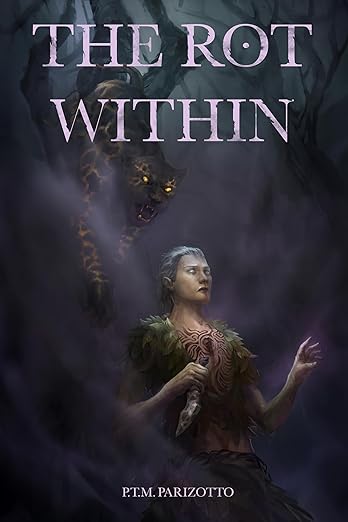 Those who’ve read the book will have no trouble identifying that the cover art depicts a specific scene, and one I chose for some reasons. First, it’s what kicks off the conflicts most of the book revolve around (in other words, what some would call the inciting incident). Second, it contains a dark, mysterious, hostile atmosphere that I quite enjoy. Third, the vegetation and the presence of a jaguar introduce the setting as a tropical rainforest. I think that since Tolkien, fantasy has had an overrepresentation of European settings, so as a Brazilian author, this was a very deliberate attempt to explore a not-so-frequently-portrayed biome which I feel has a lot to offer, and I wanted to communicate this at once with the cover art.
Those who’ve read the book will have no trouble identifying that the cover art depicts a specific scene, and one I chose for some reasons. First, it’s what kicks off the conflicts most of the book revolve around (in other words, what some would call the inciting incident). Second, it contains a dark, mysterious, hostile atmosphere that I quite enjoy. Third, the vegetation and the presence of a jaguar introduce the setting as a tropical rainforest. I think that since Tolkien, fantasy has had an overrepresentation of European settings, so as a Brazilian author, this was a very deliberate attempt to explore a not-so-frequently-portrayed biome which I feel has a lot to offer, and I wanted to communicate this at once with the cover art.
I must say, though, that the cover art’s depiction of that key scene is not entirely faithful. The bleeding wound at the center of Anpô’s tattoo, the Bloodwood knife in his hand, these are two elements that aren’t present in the scene, but which I thought best to introduce already so as to entice curiosity.
A last deviation from the actual scene is that in the book, Anpô is, well, naked. I promise that makes sense within the context, and it has the added benefit of heightening his feelings of vulnerability in the hostile environment he finds himself in. The thing is, I didn’t feel that this book needed to have nudity on its cover art–instead, I took that chance to introduce the leafclothes worn by the Woodfolk (and by Anpô since they took him in), which, again, reinforce the tropical nature of the setting.
How important is the setting and environment in The Rot Within? Does the story’s location play a role in the narrative, and if so, how?
The choice of a tropical rainforest as the setting was deliberate. As a consequence, a lot of the action in the book is deeply intertwined with this environment. Also, the fact that the story takes place in a healthy chunk of jungle completely surrounded by a more apocalyptic jungle overwhelmed by the influence of the Black Rot has a profound impact on the plot itself, meaning that they are completely isolated from the outside world, that they have no place to flee to, and that Anpô has no way of finding out where he came from.
There are also some fire-oriented locations, however, such as the underground mines where the practitioners of the magic system known as Burning mine for Sunstone, a magical resource with relevant military applications. So we have three different aesthetics: healthy jungle, Black Rot, and fire-oriented locations, which I think provides for a nice variety.
Are there any literary or artistic influences that played a role in shaping The Rot Within? Are there authors, books, or works of art that inspired you during the writing process?
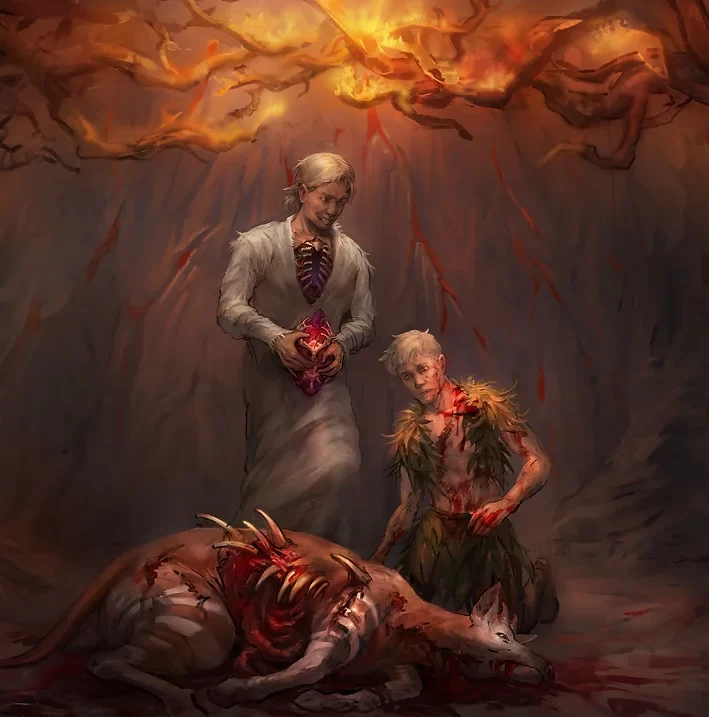 If I had to sum up what all my beta readers said my book reminded them of, I’d say The Rot Within can be described as “Game of Thrones meets Naruto and Avatar the Last Airbender in a Lovecraftian rainforest”, and I do think there’s something to each of those references.
If I had to sum up what all my beta readers said my book reminded them of, I’d say The Rot Within can be described as “Game of Thrones meets Naruto and Avatar the Last Airbender in a Lovecraftian rainforest”, and I do think there’s something to each of those references.
The Game of Thrones books, aka the A Song of Ice and Fire series, are hands down my favorite piece of storytelling ever, and from it, I try to draw the stakes, the fact that mistakes have dire consequences, that relevant characters are also exposed to the danger of failure or even death–even though my book is way shorter than Game of Thrones, and with a much smaller cast, less court politics and more magical combat (and in that, I’d say The Rot Within is more similar to Brandon Sanderson’s work than to George R. R. Martin’s).
From Avatar the Last Airbender I take the fact that each individual is only able to practice one magic system will well-defined limits, and also that each of these systems is more or less ethnical in nature, having a particular culture and physical appearance associated with it.
From Naruto and anime in general I got inspiration for a lot of the imagery as well as plot mechanics and various elements of the magic systems, but I won’t go into details so as to avoid spoilers.
Finally, from Lovecraft, I take a lot of inspiration as to the nature of the deities of this universe, all of which are vast and aloof and incomprehensible–and, even in the case of those who are not hostile, never properly benign. This book isn’t horror or cosmic horror in terms of genre, but those are definitely major influences in the aesthetics and vibes of several key scenes and even in the nature of magic itself, which stems from people being claimed by these deities and which always exact a cost on its users–and this, too, is somewhat similar to Game of Thrones, more the books than the show, since they, too, have a lot of Lovecraft in they magic.
Take the Targaryen ability to bond with dragons and ride them. It comes from the ancient blood-magic of old Valyria–but just as it grants them the power to become dragon riders, it also results in them often giving birth to stillborn, dragon-like monstrosities, with scales or malformed wings, like Dany’s baby right before she hatched her dragons or Rhaenyra’s baby at the end of the first season of House of the Dragon. This kind of concept really fascinates me, and I definitely try to emulate it.
What do you hope readers will take away from The Rot Within? Is there a particular emotional response or thought-provoking idea you aim to evoke in your audience?
To be honest, I’m having trouble finding a way to answer this question without being reductive. This is a story of people dealing with issues of identity and belonging in a decaying world–and when I say decaying, I mean it literally. This is a world that undergoes cyclical apocalypses, and the Black Rot is one of the corrupting influences that will lead the current cycle to its end.
What I really want to emphasize is that this series is not–and will never be–about stopping the apocalypse, which is not only inevitable but also an extremely long process, the conclusion of which won’t take place within the lifespan of these characters. Rather, this is a story that takes place in a world that is consistently and irreversibly growing worse instead of better – which, as you can probably see, is a setting rife with opportunities for conflicts and scarcity and intense situations. The readers, however, are free to evaluate these situations as they see fit.
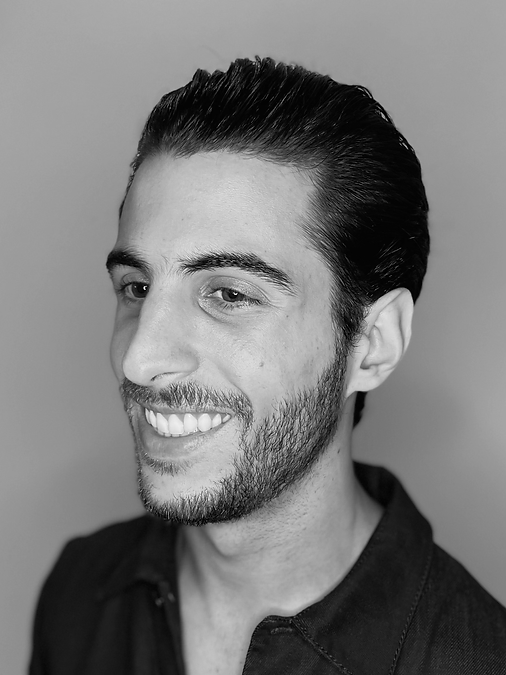 Can you offer any insights into your future writing projects? Are there any upcoming books or works that your readers can look forward to?
Can you offer any insights into your future writing projects? Are there any upcoming books or works that your readers can look forward to?
The Rot Within is the first book of a five-part series. I’m currently writing book two, provisionally titled The Temple in the Void–but the thing is, even those five books won’t explore all this universe has to offer. I definitely want to explore some smaller, more experimental stand-alone projects at some point, perhaps something involving second-person narration where the applicable magic system pertains more to the manipulation of the human psyche than to the external world, or a Dracula-style horror-oriented epistolary novel dealing with an encounter with Eldritch creatures–but none of that is under development right now.
Find the author
Purchase The Rot Within
